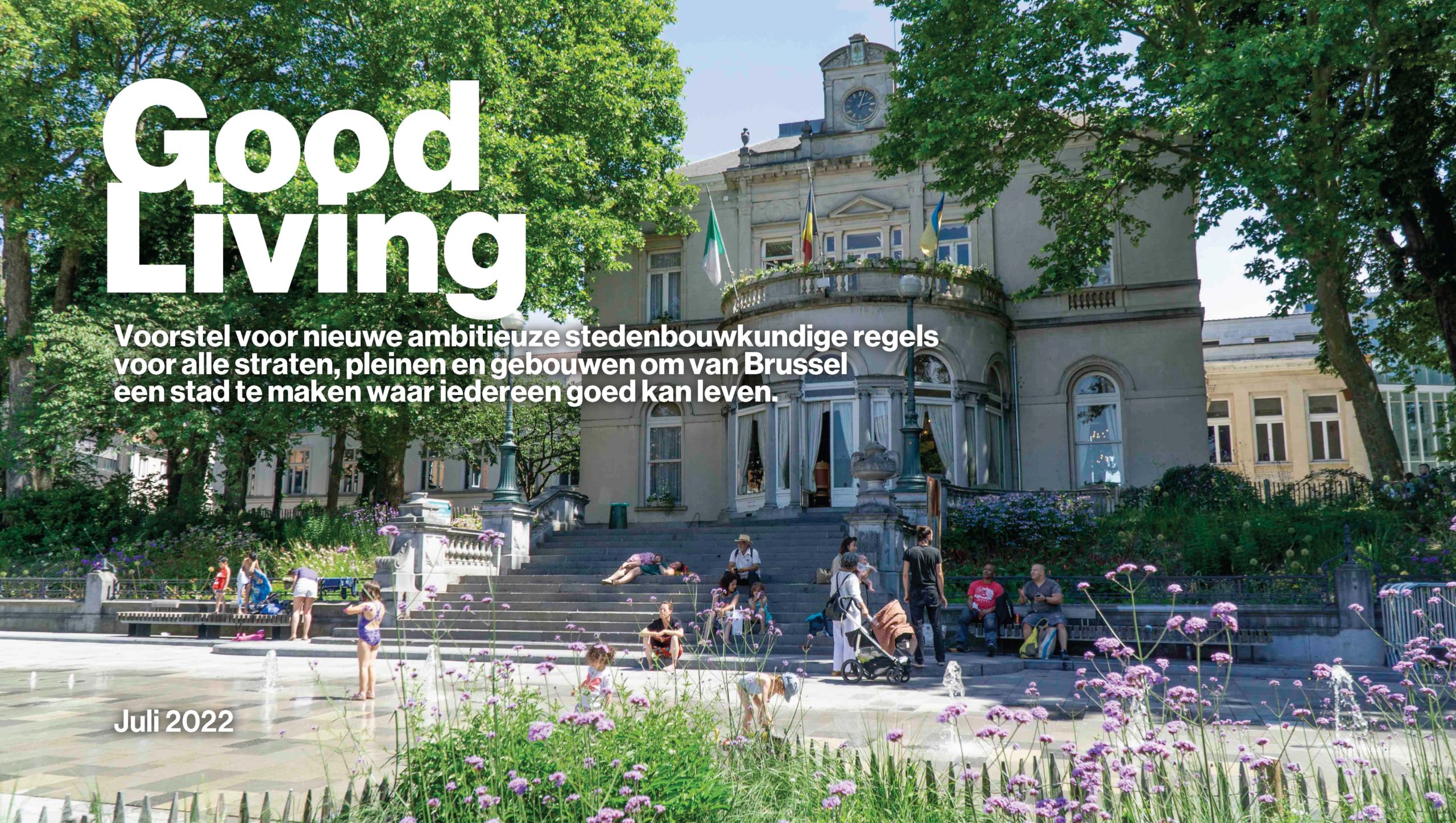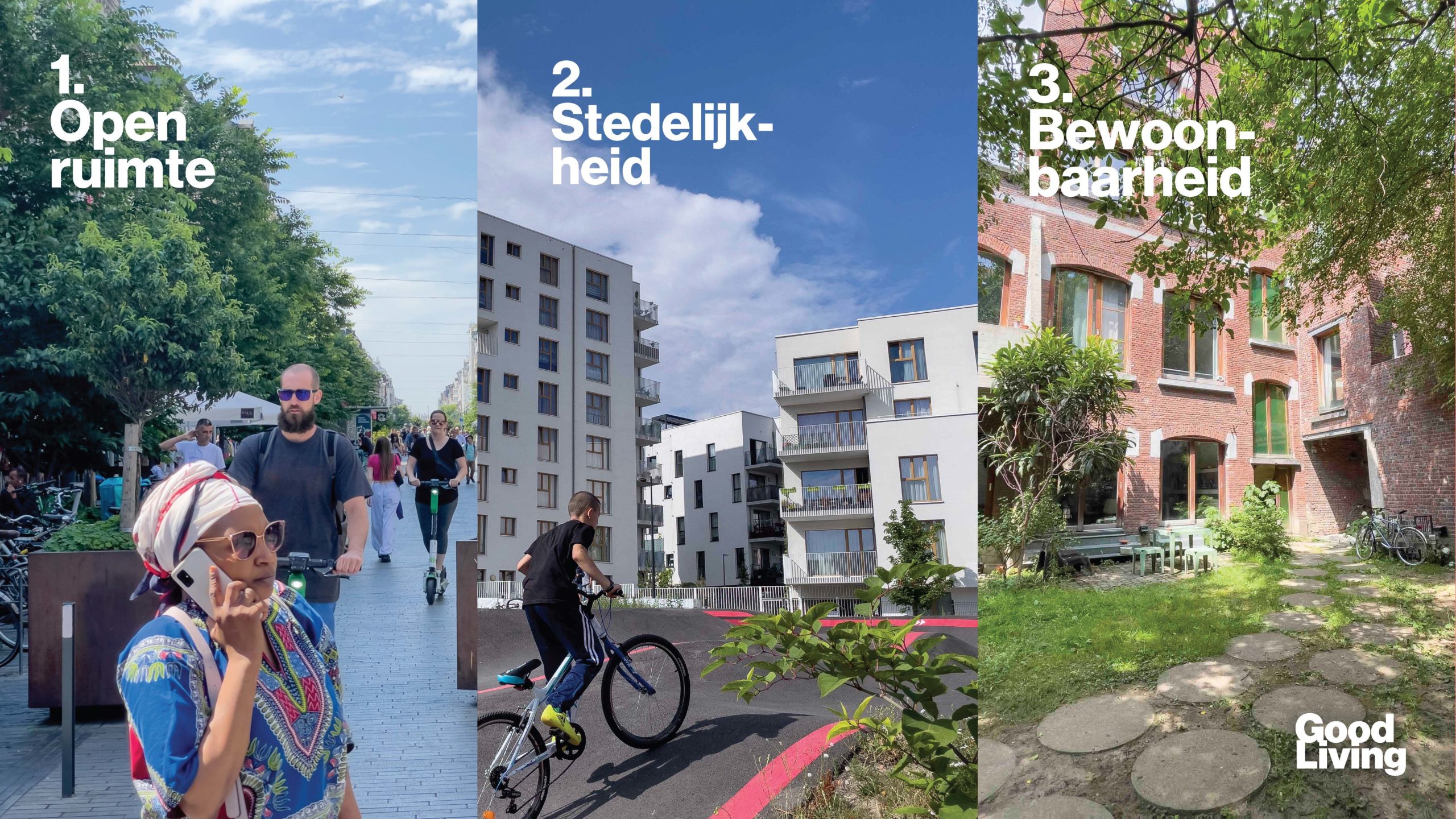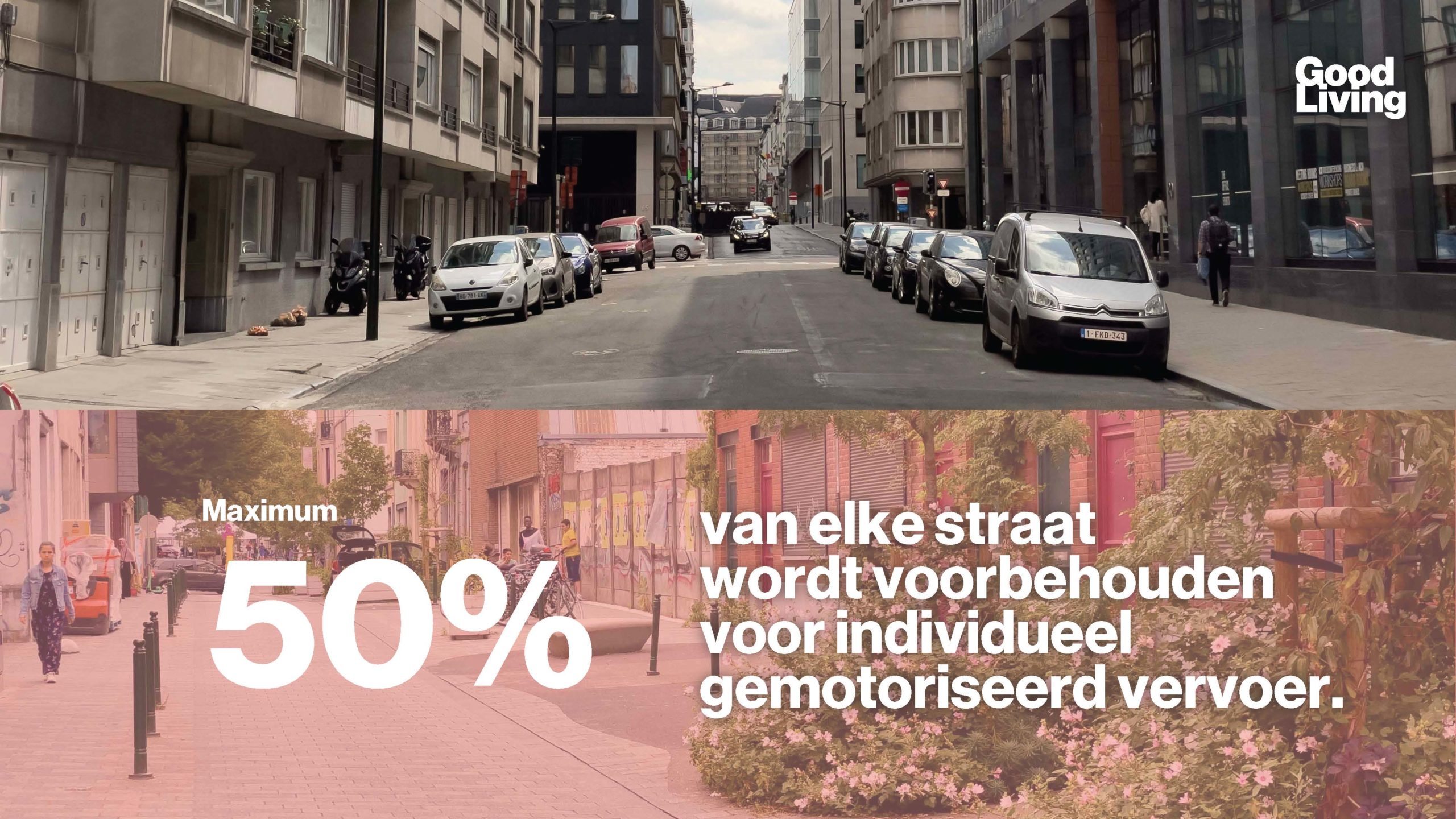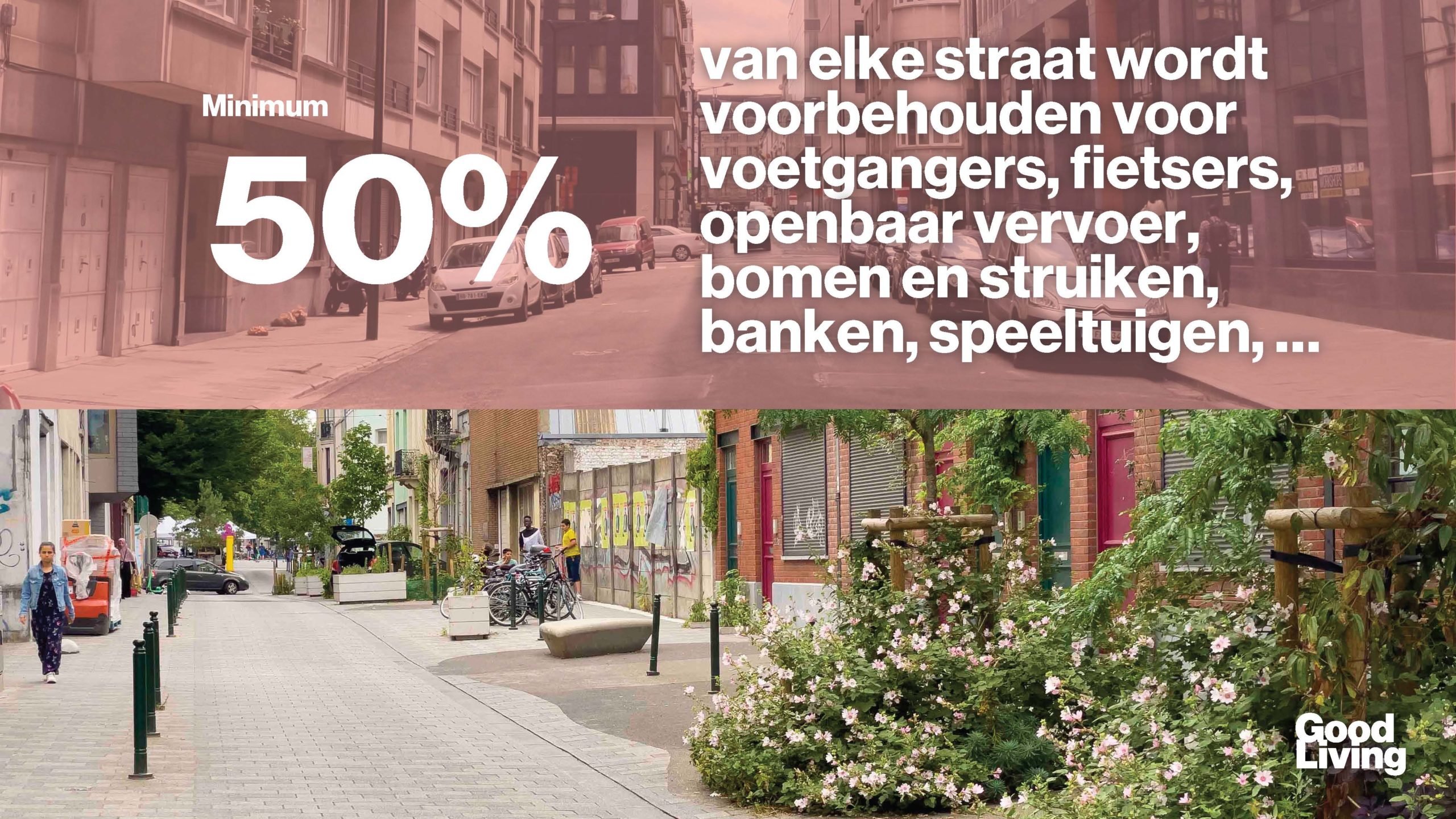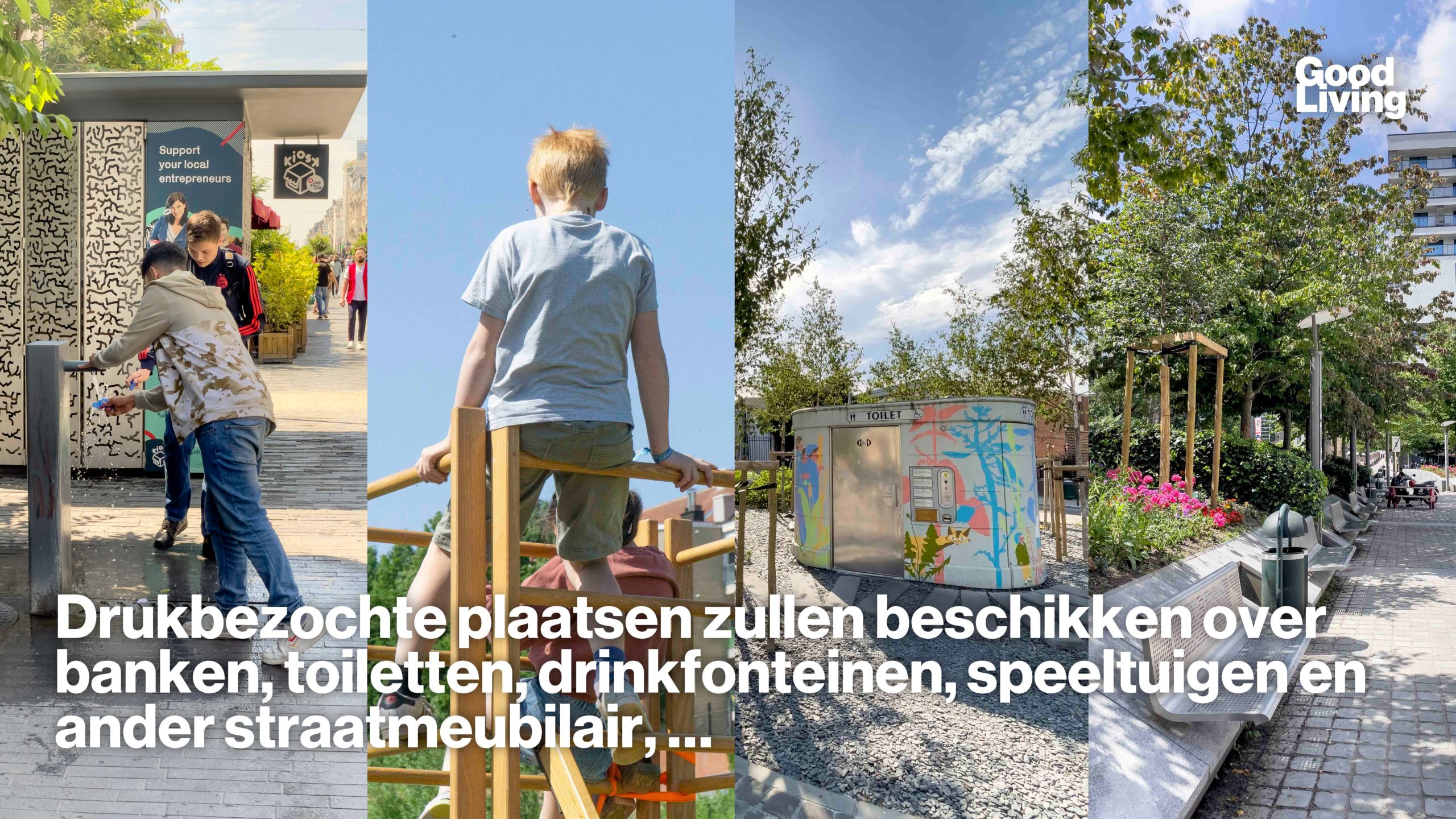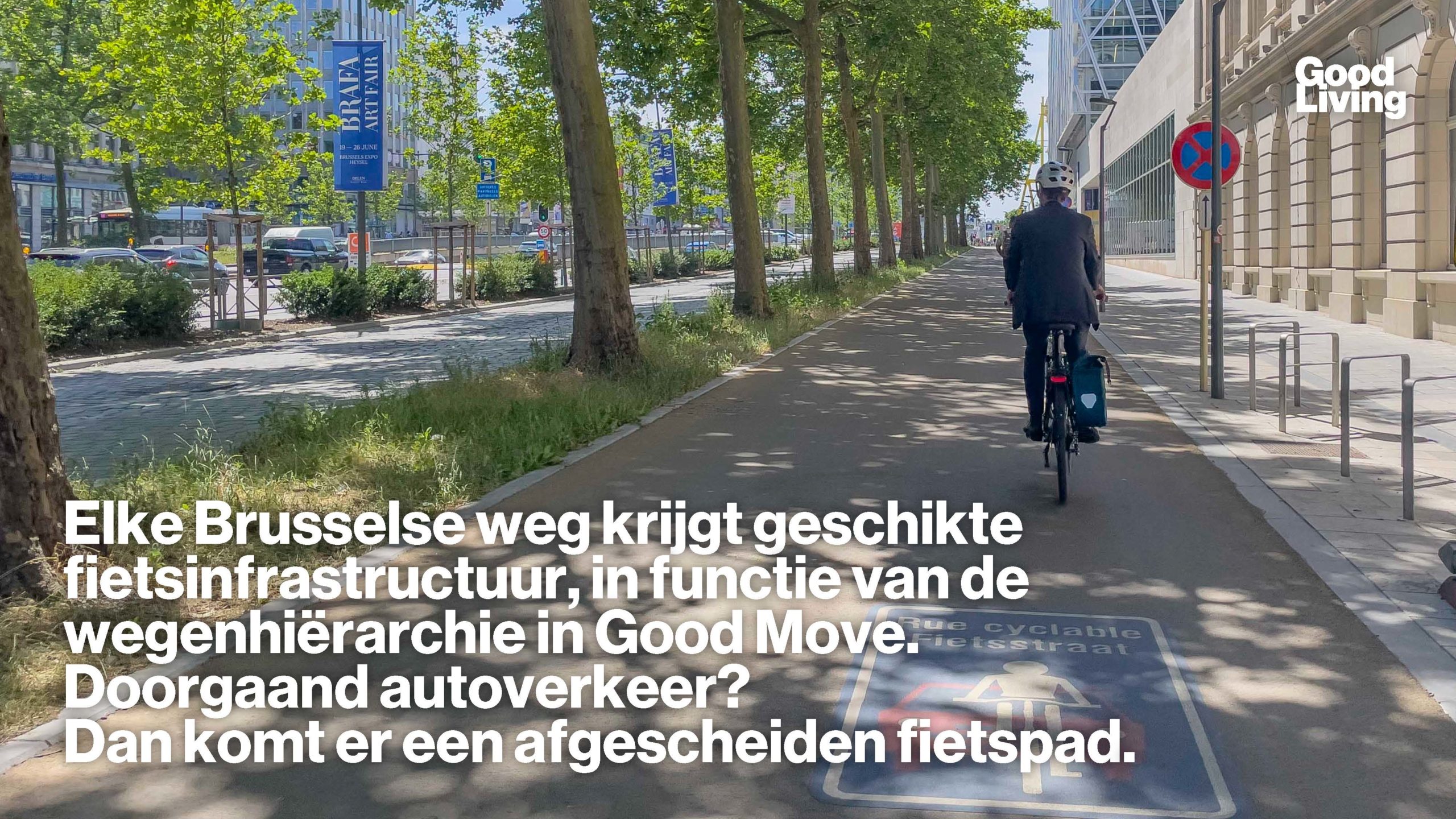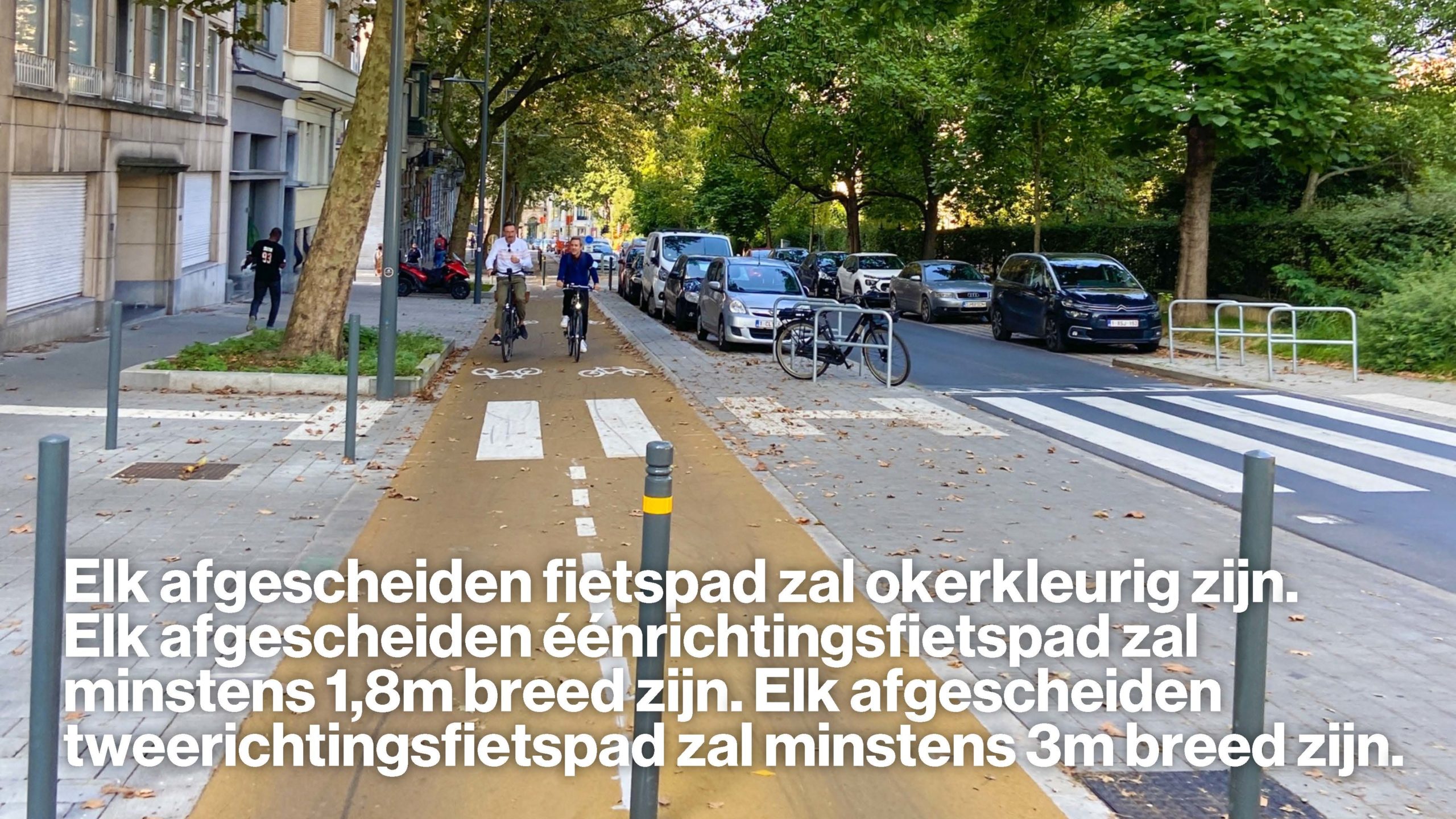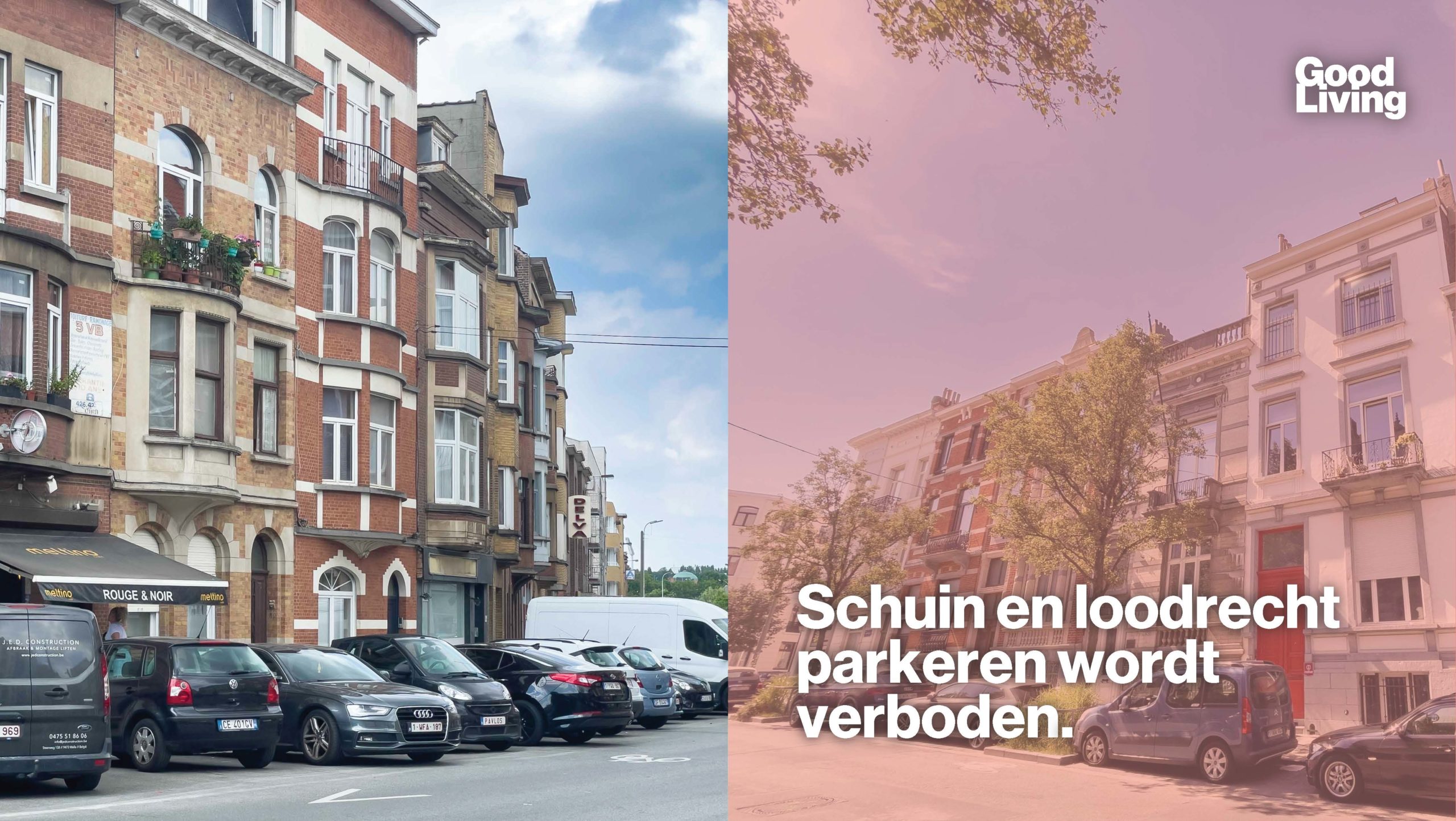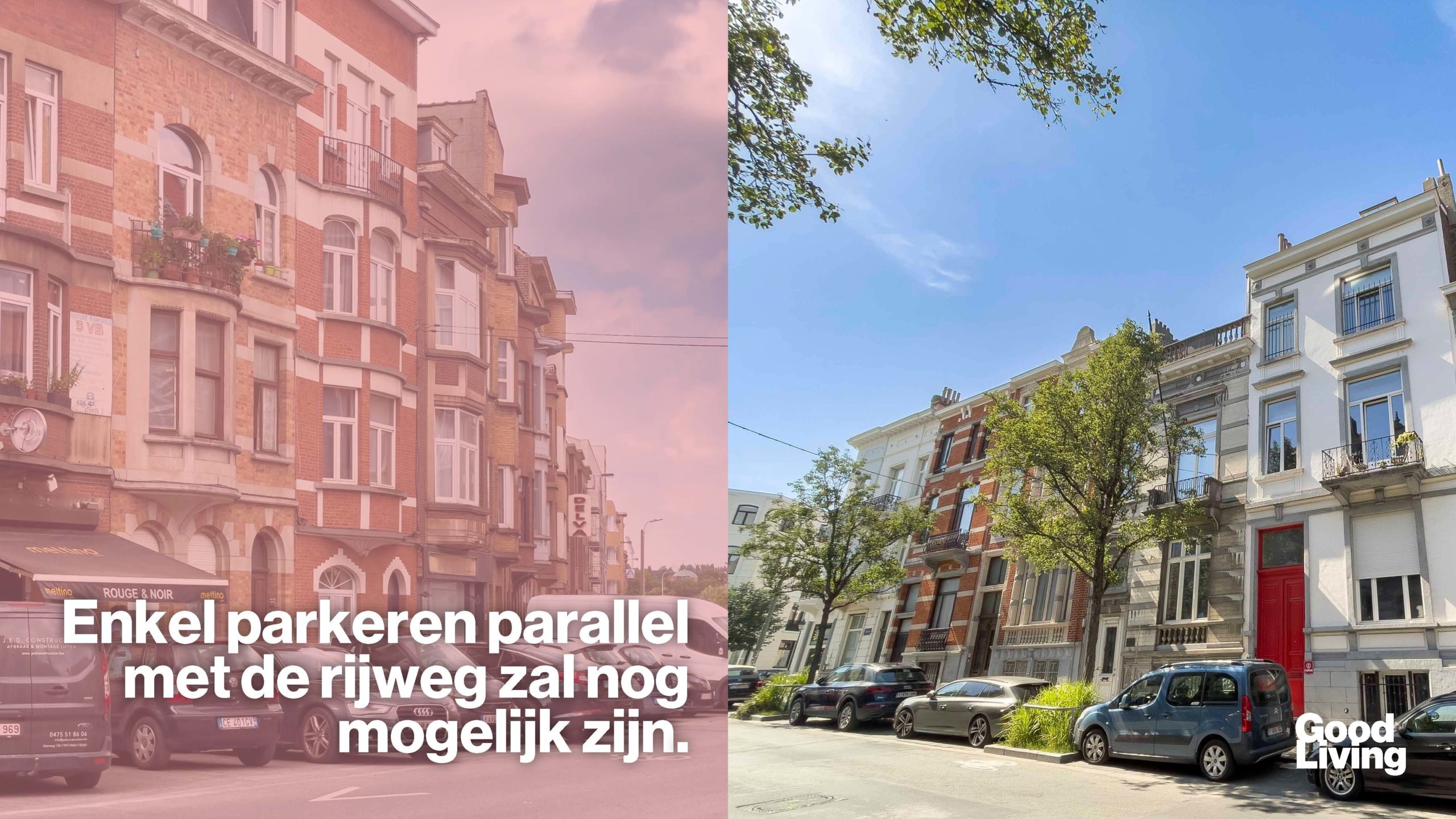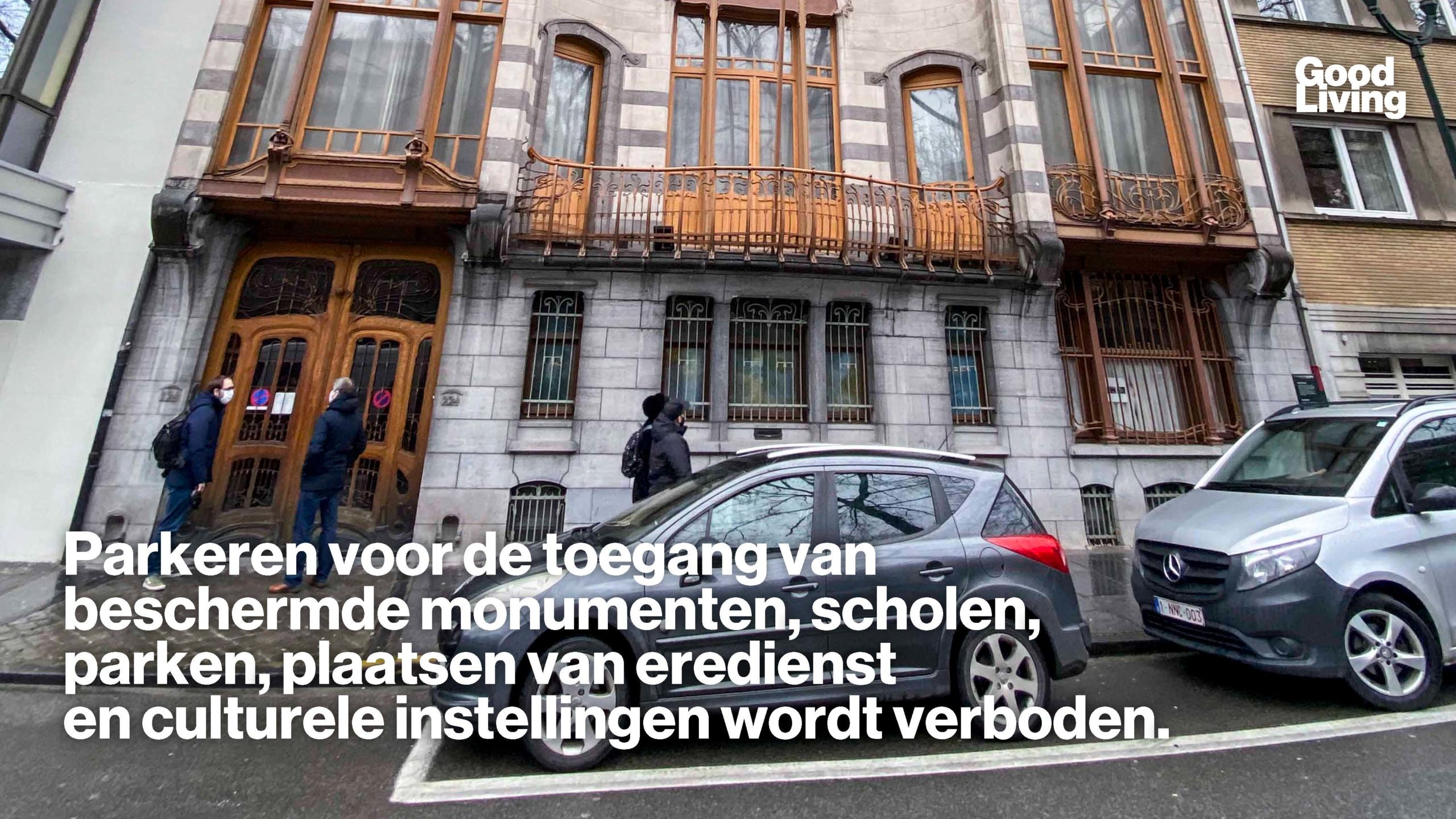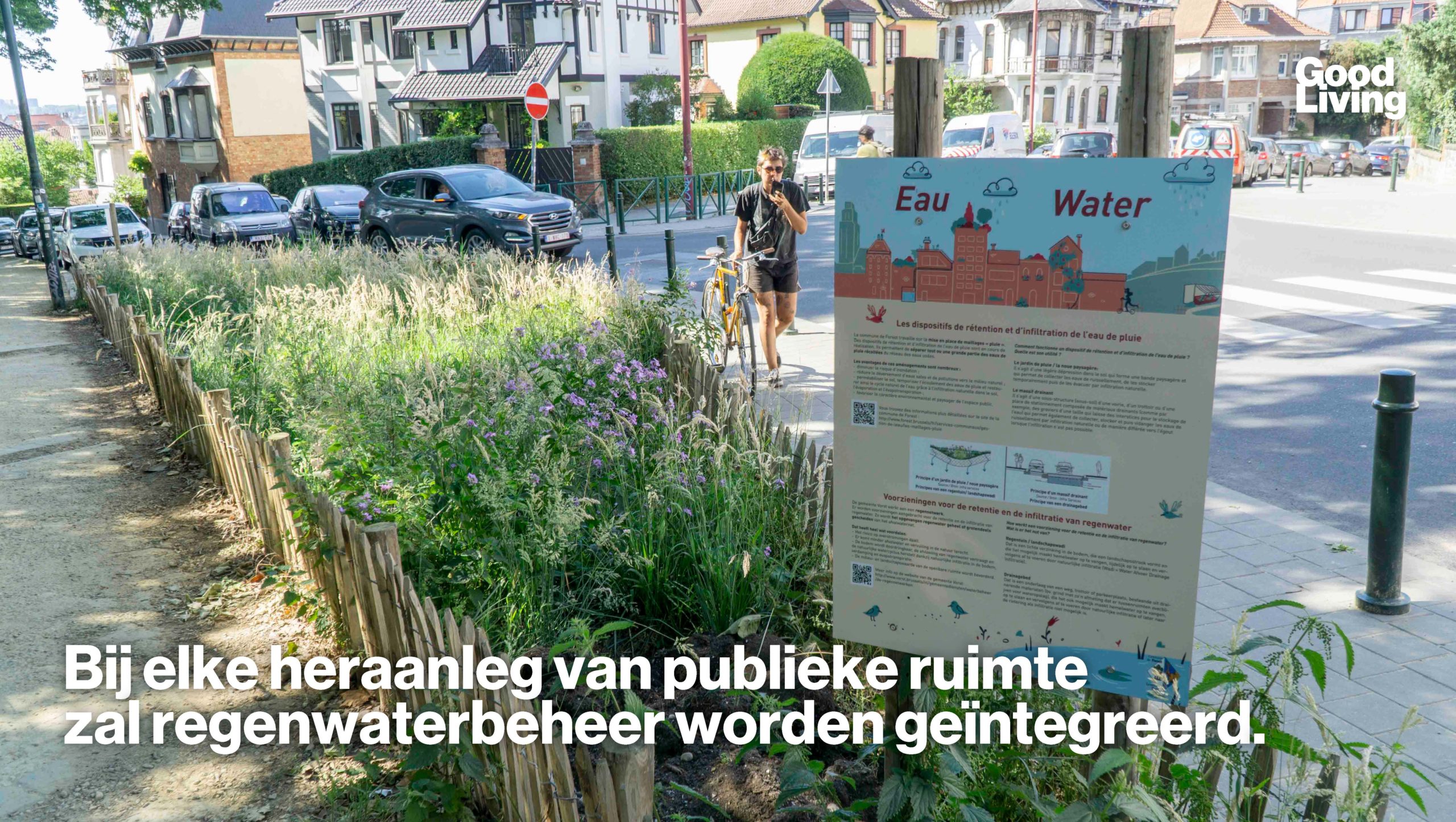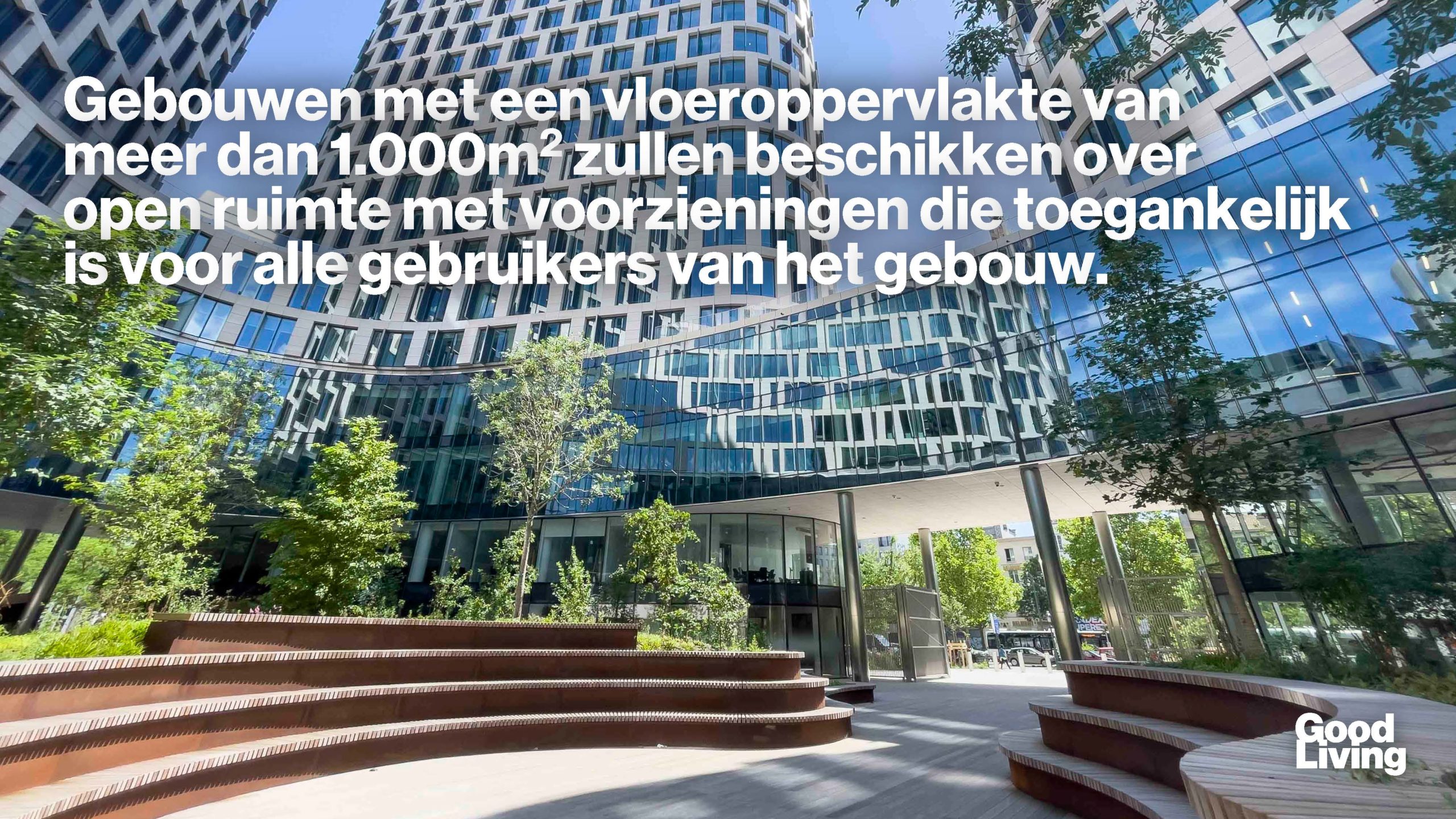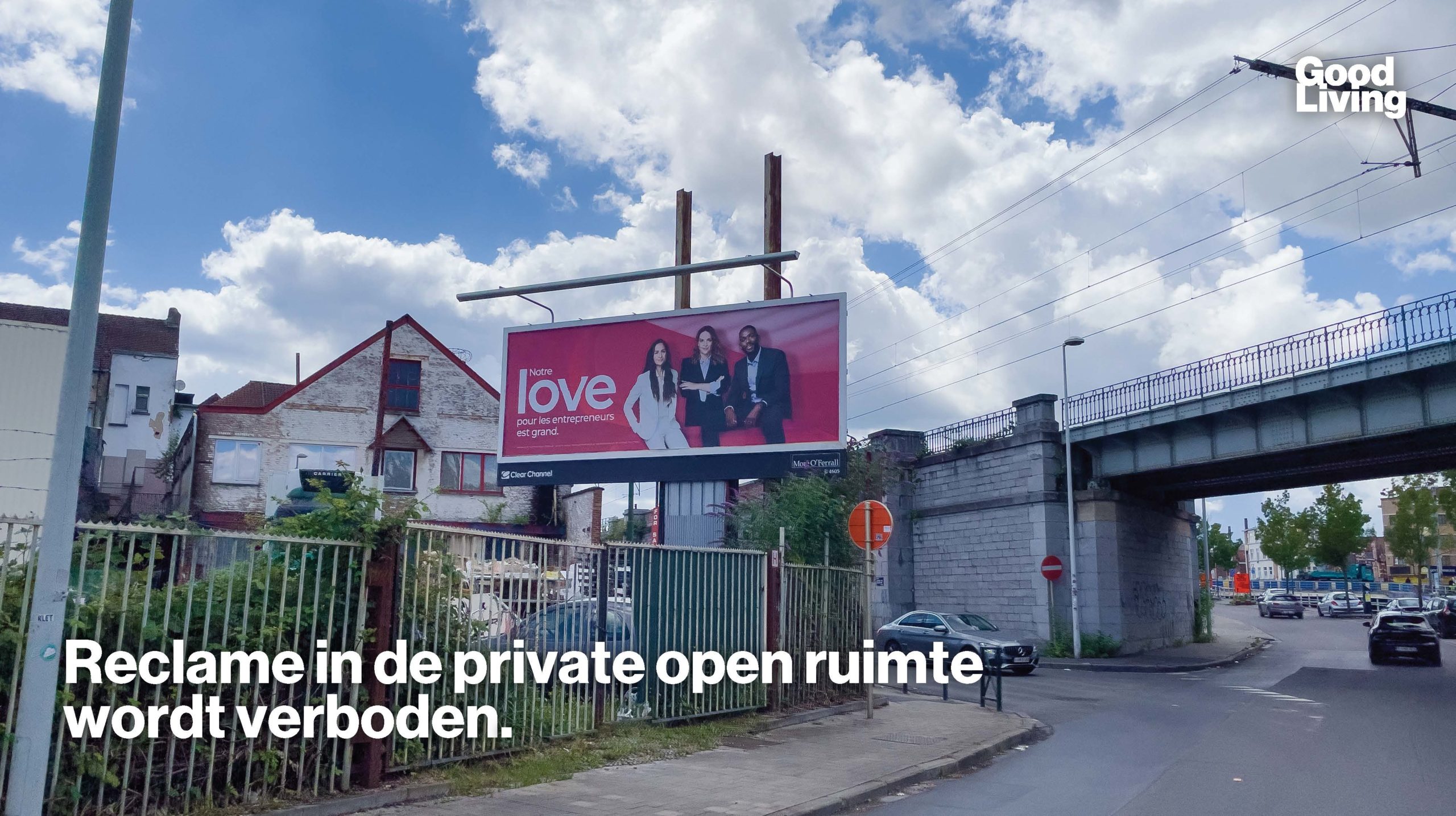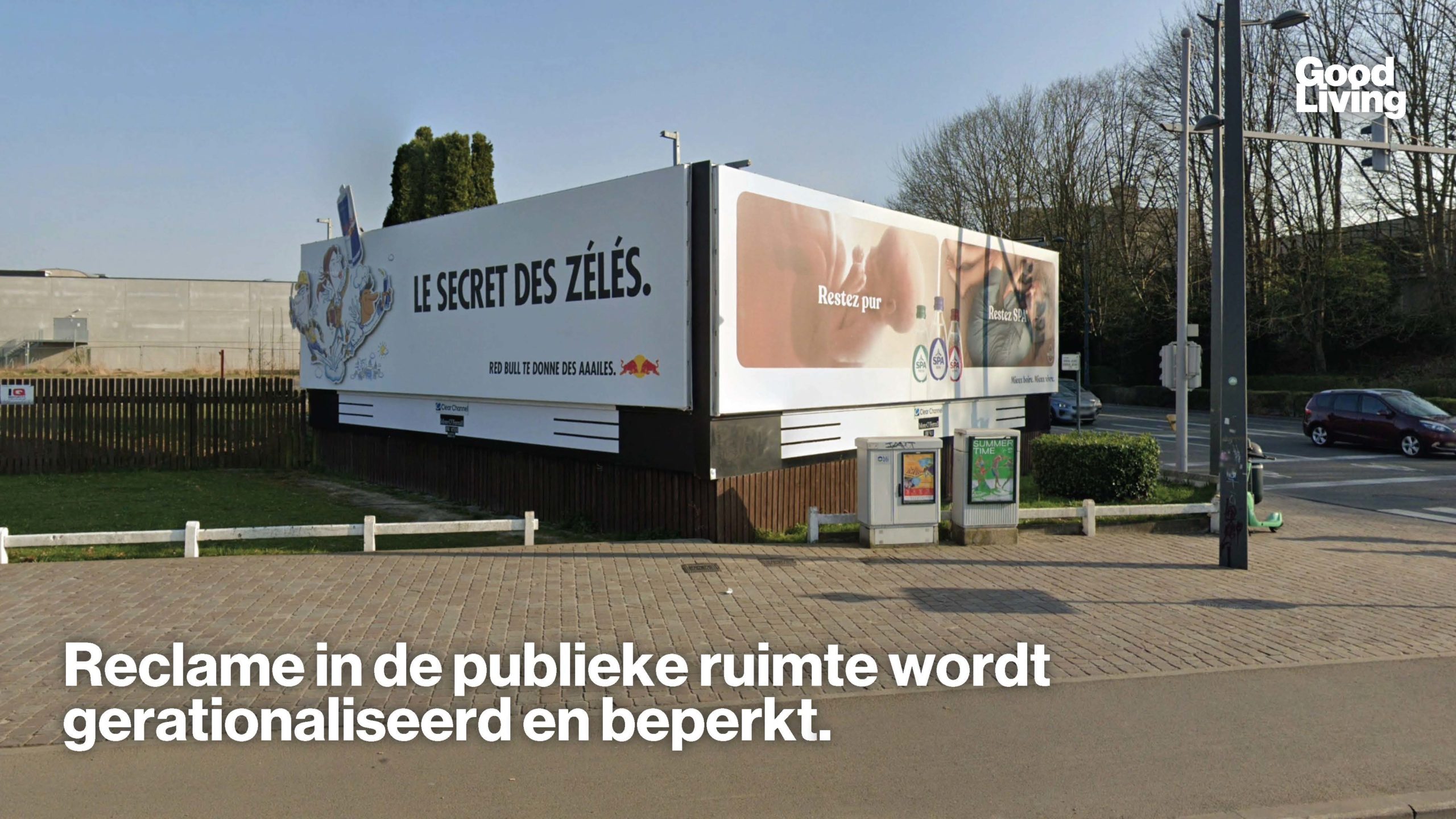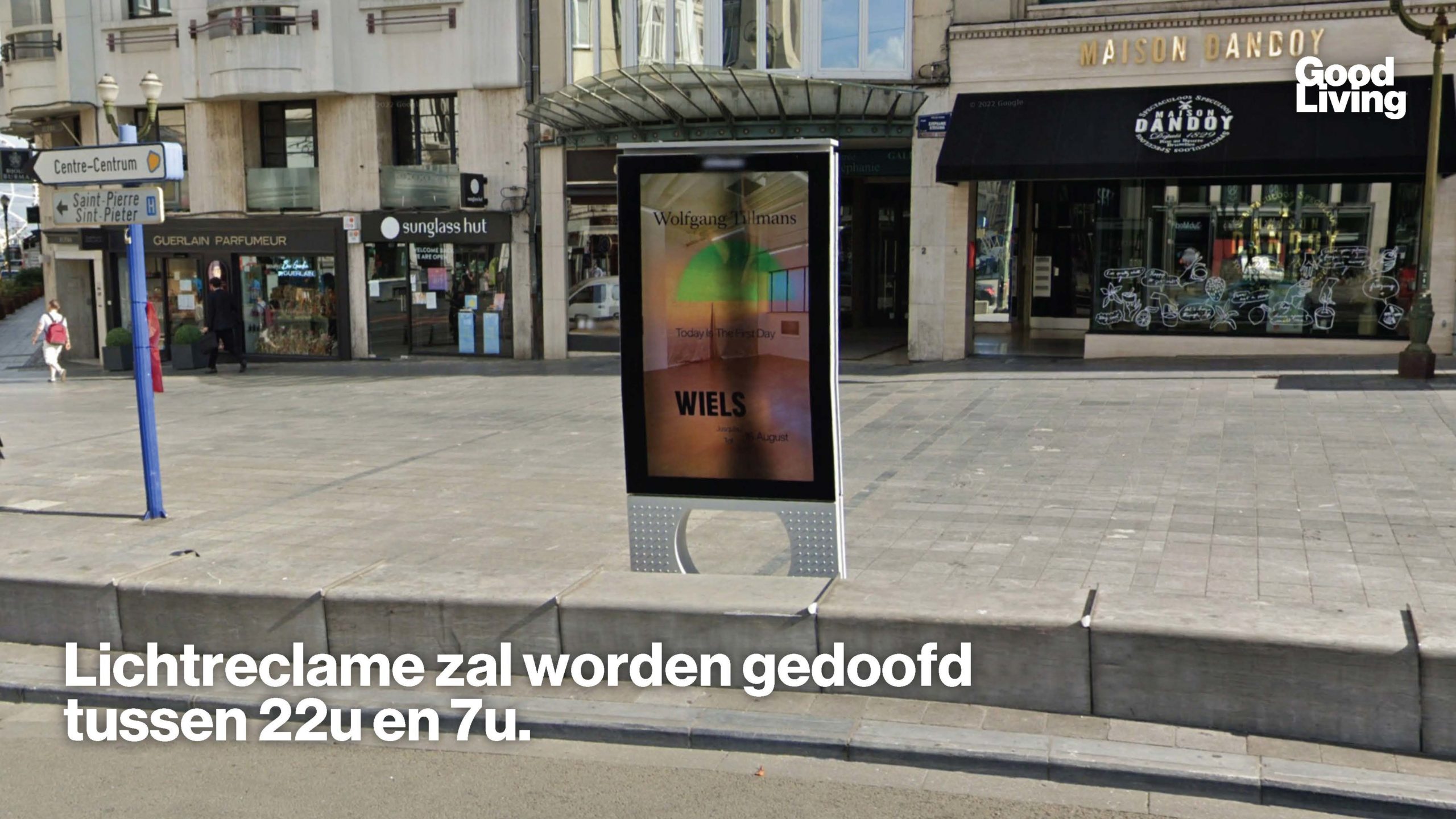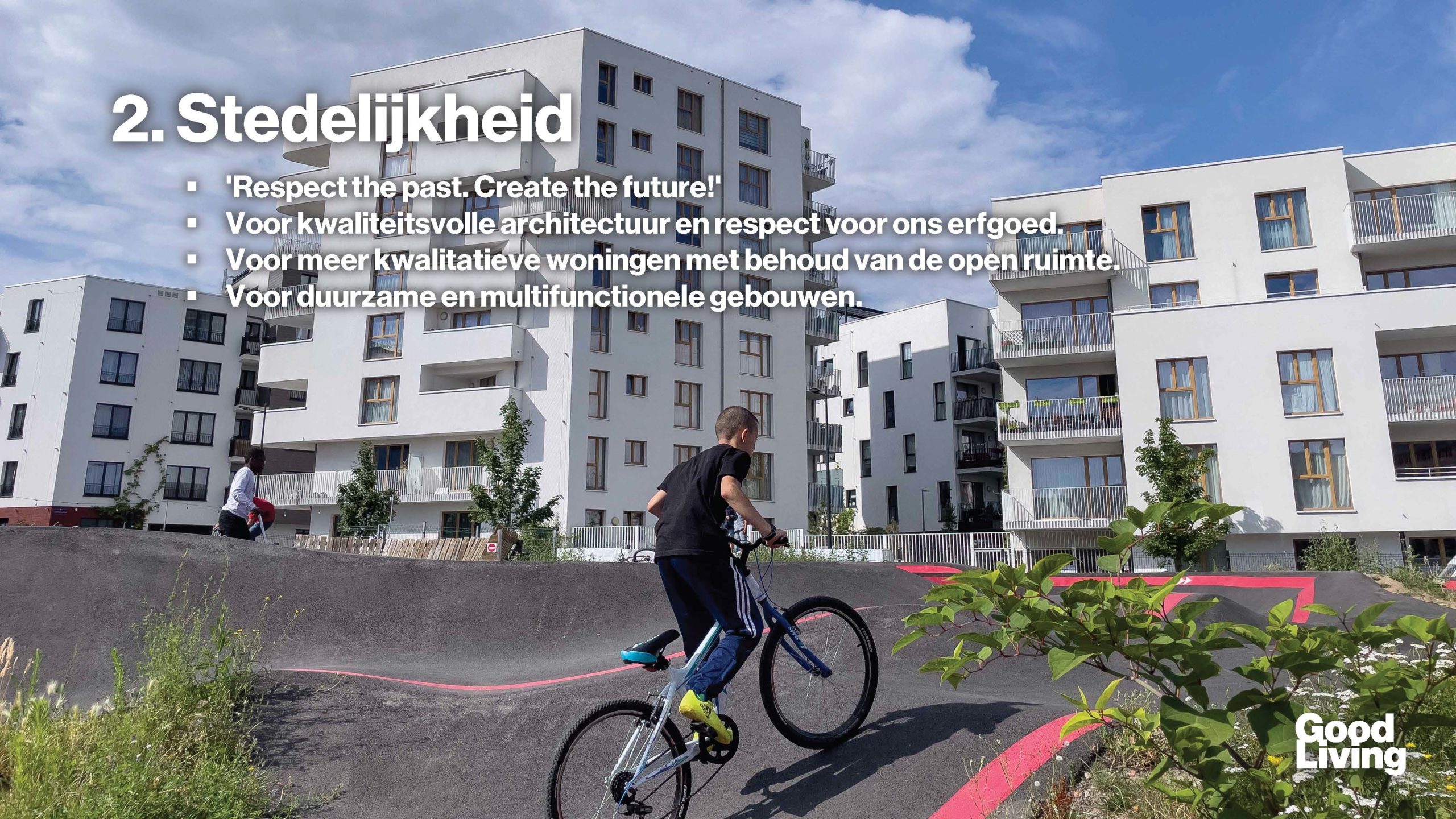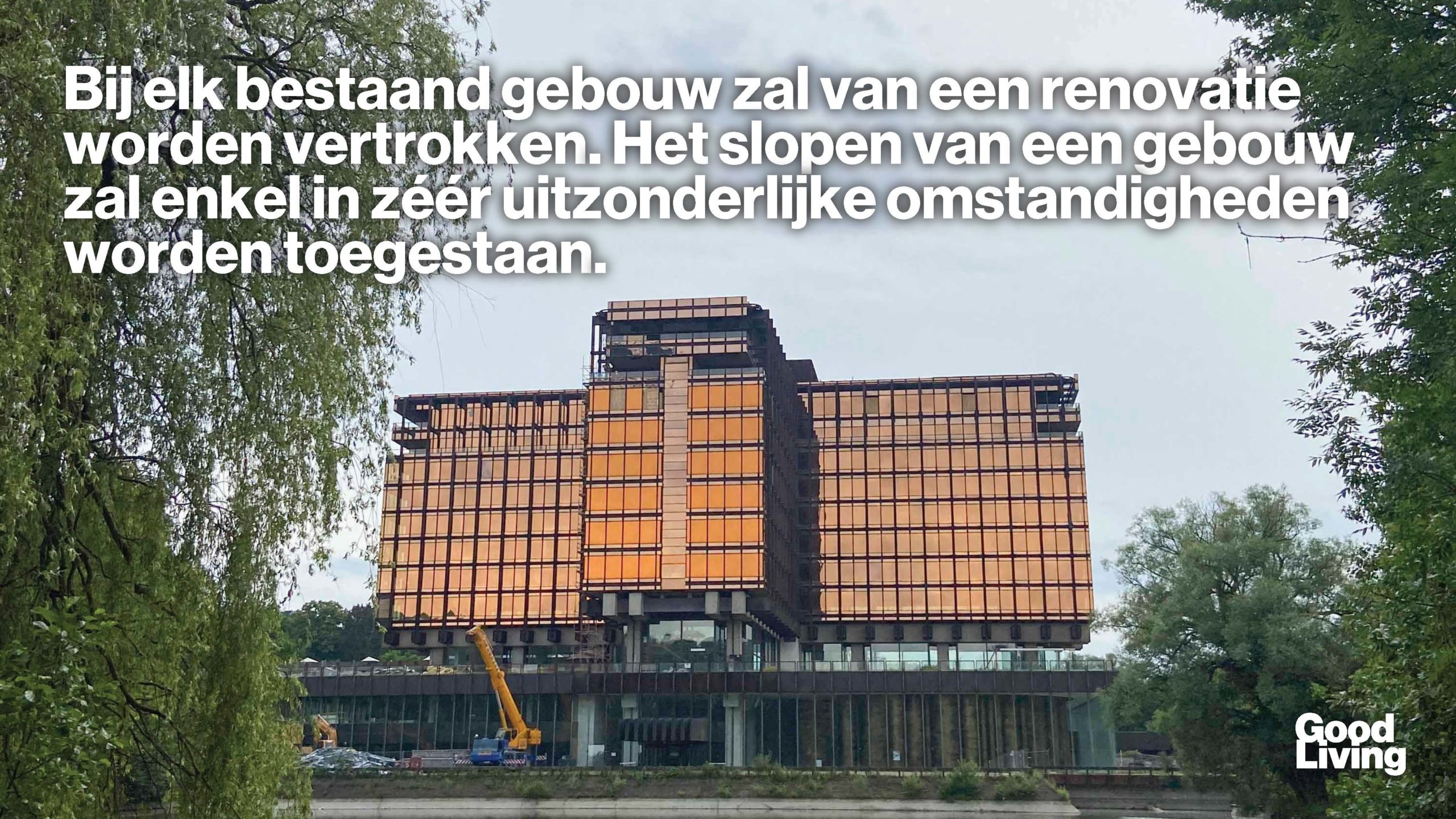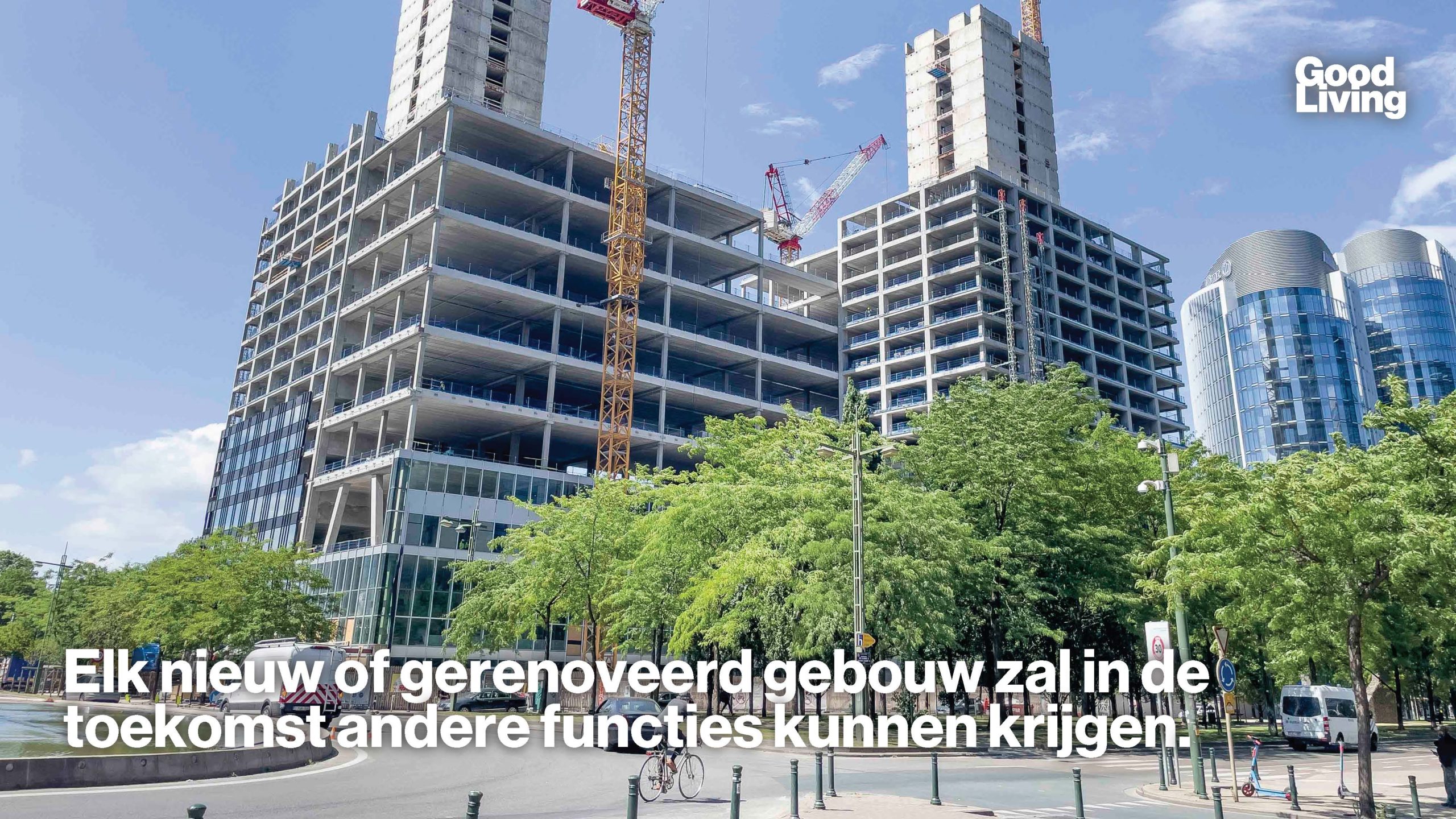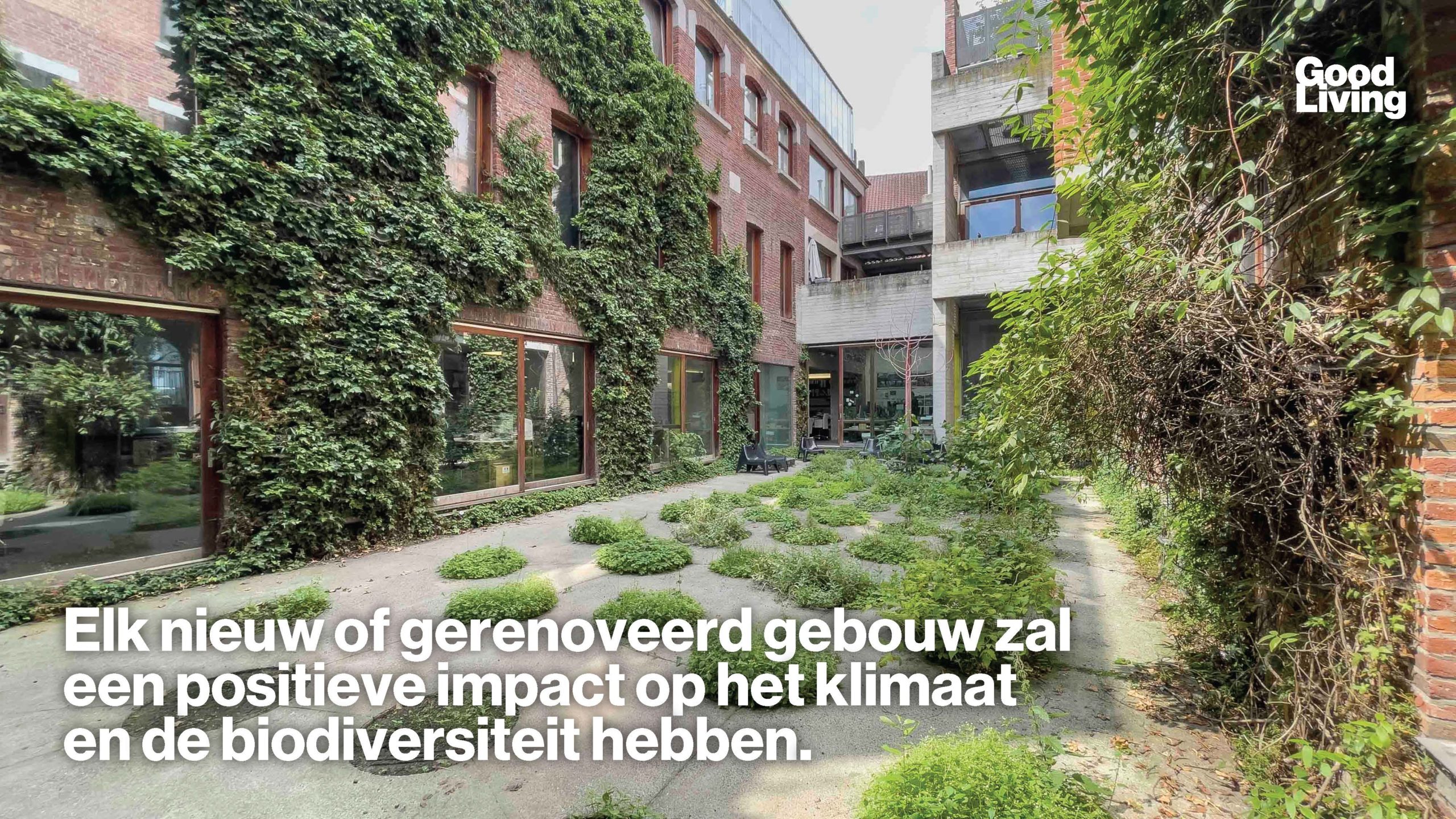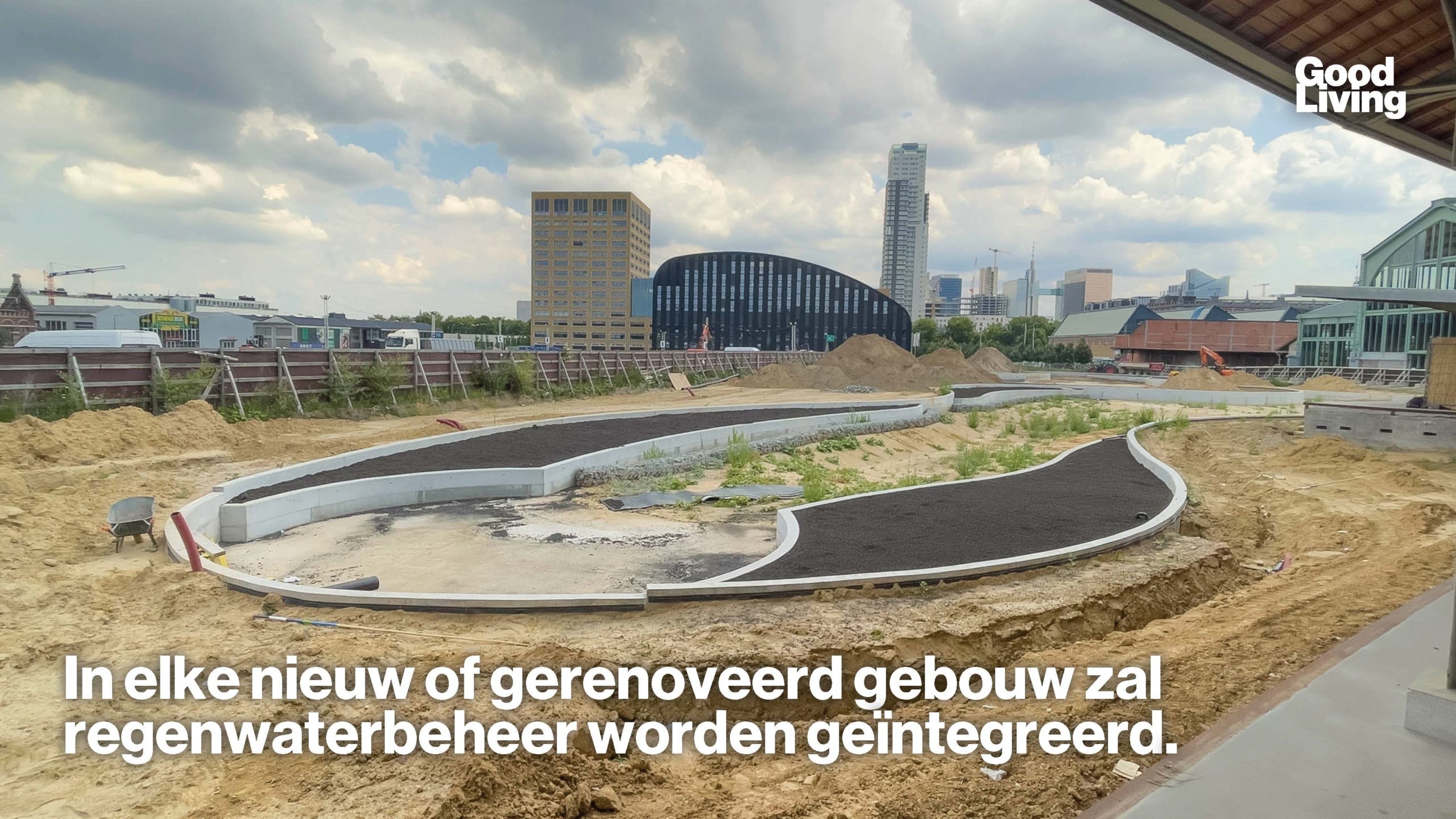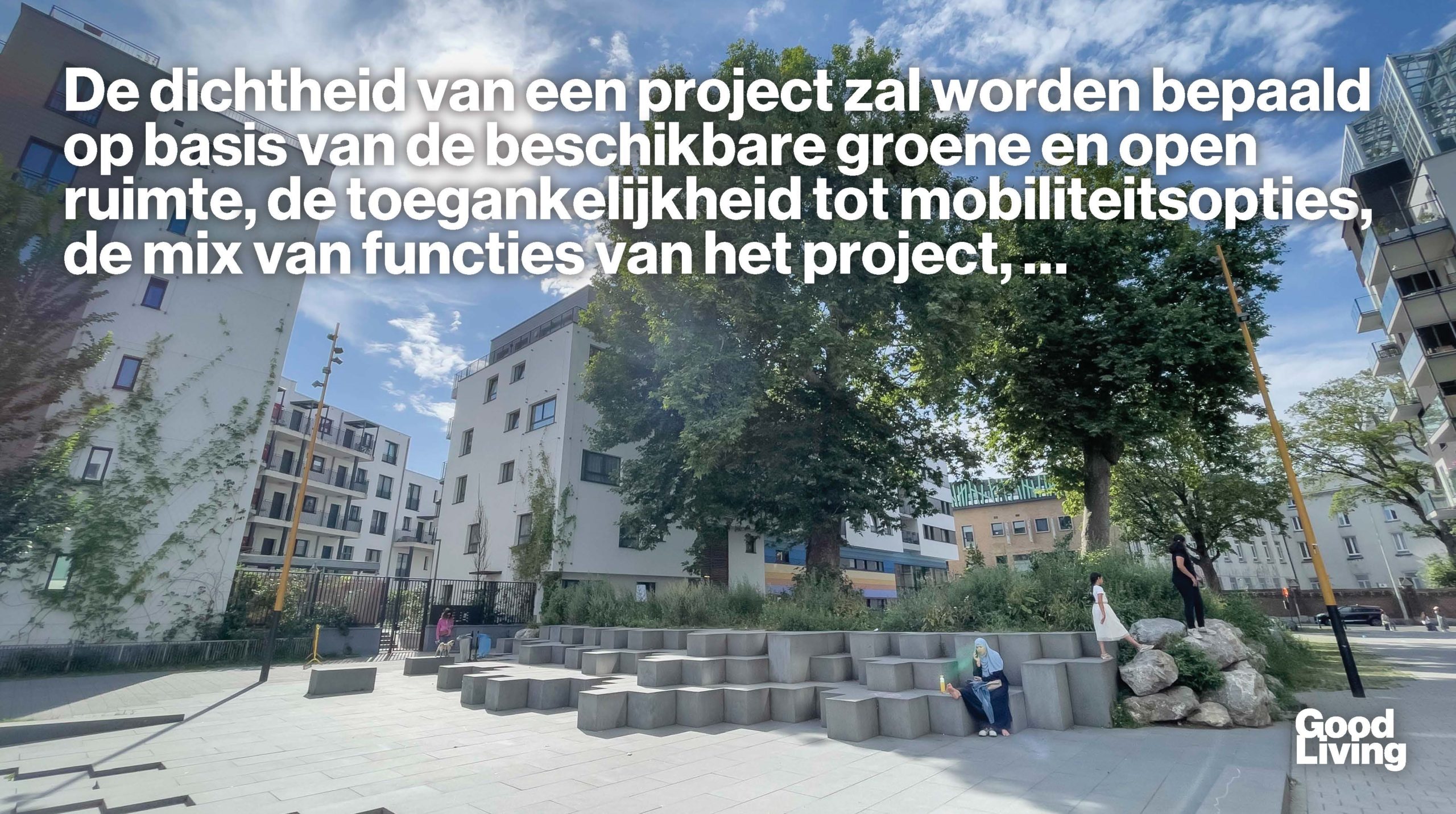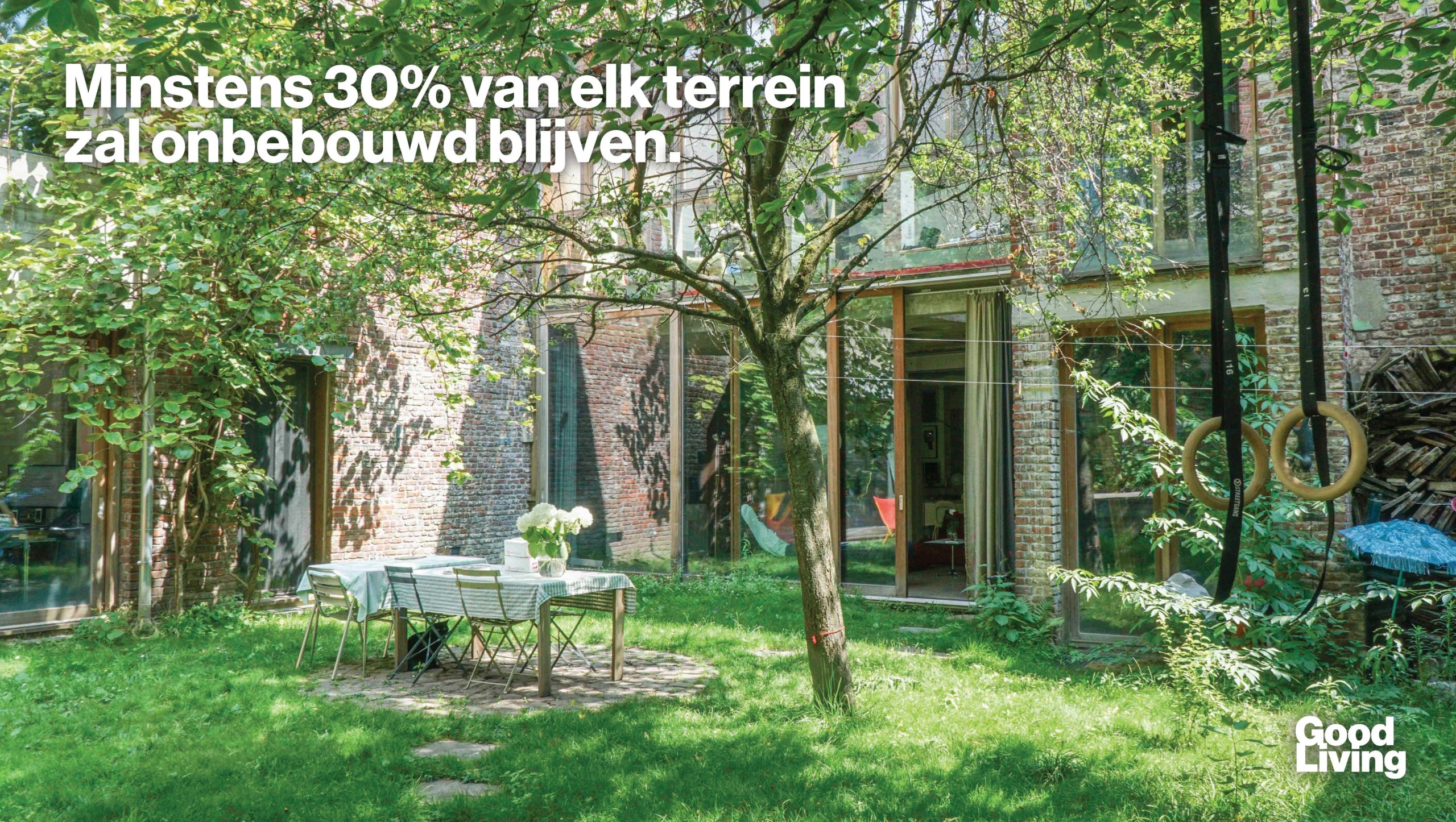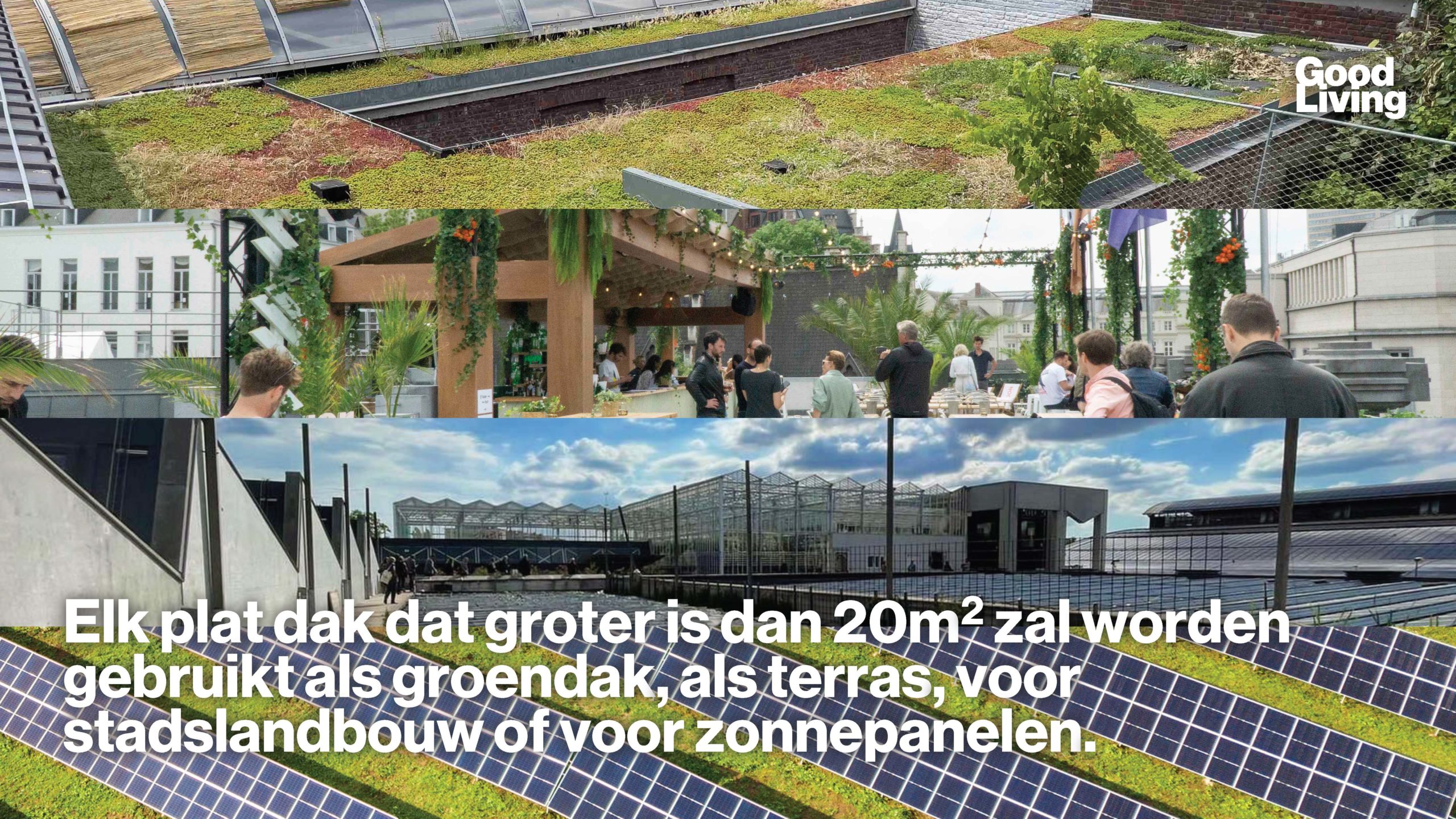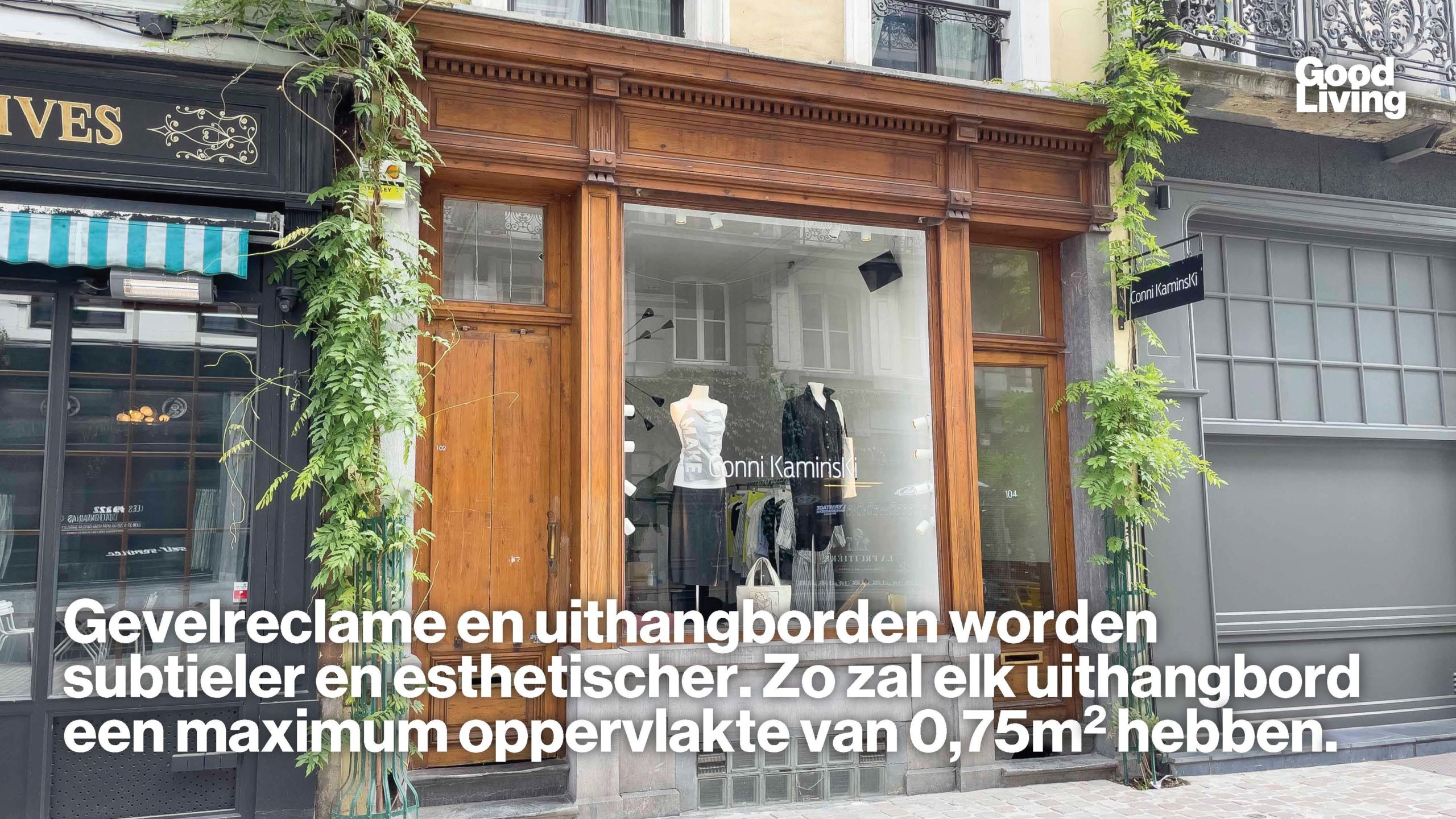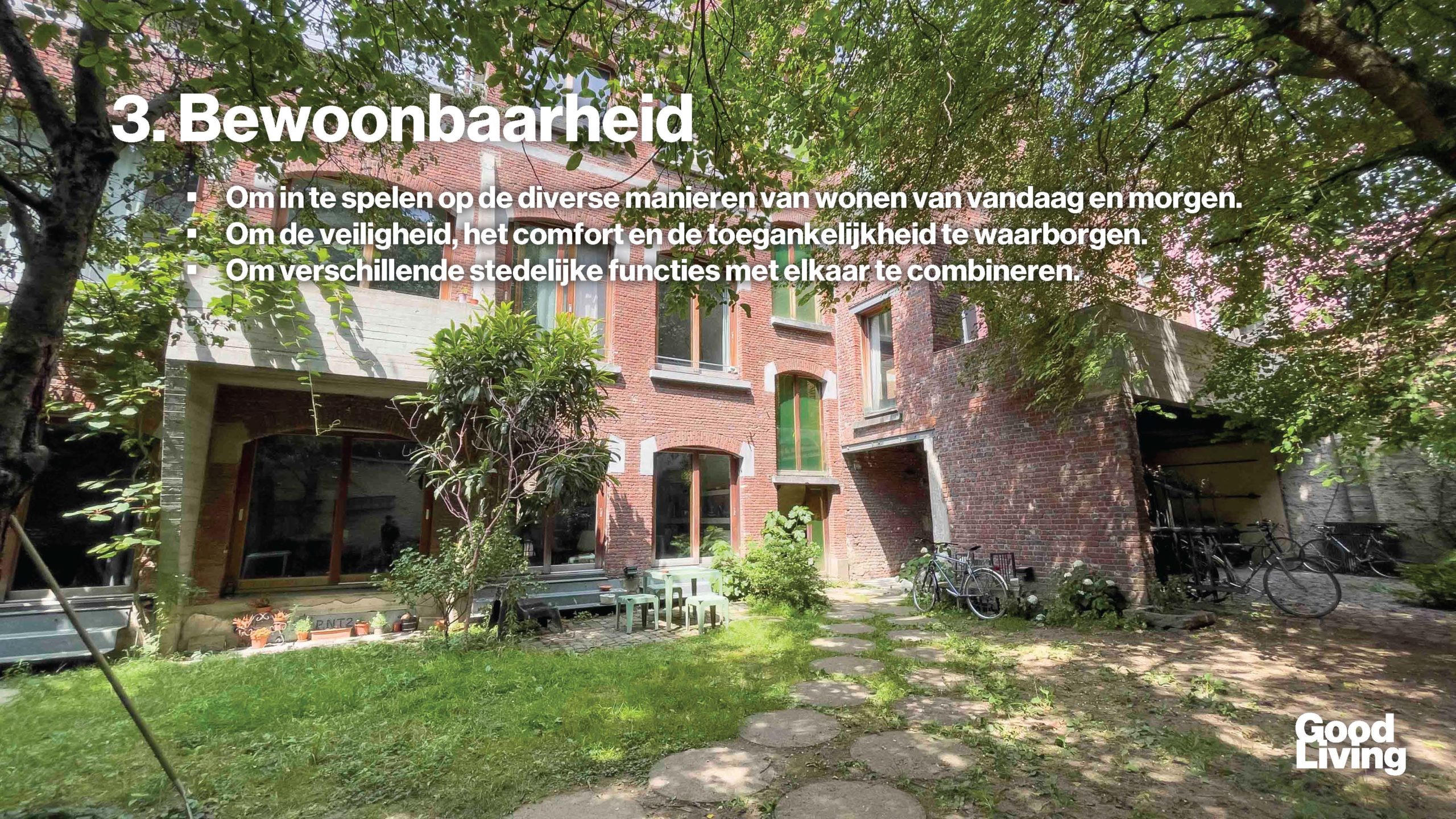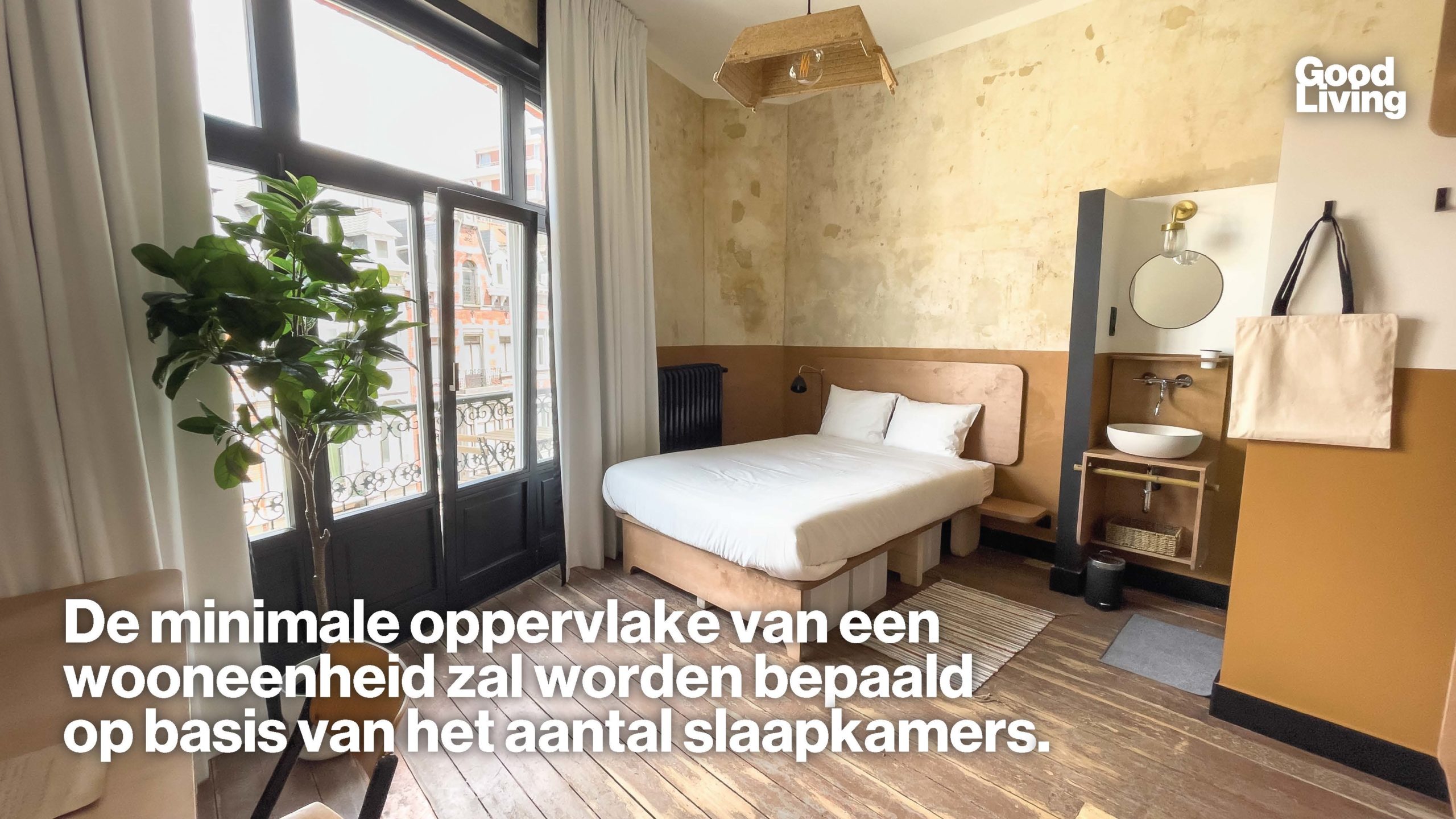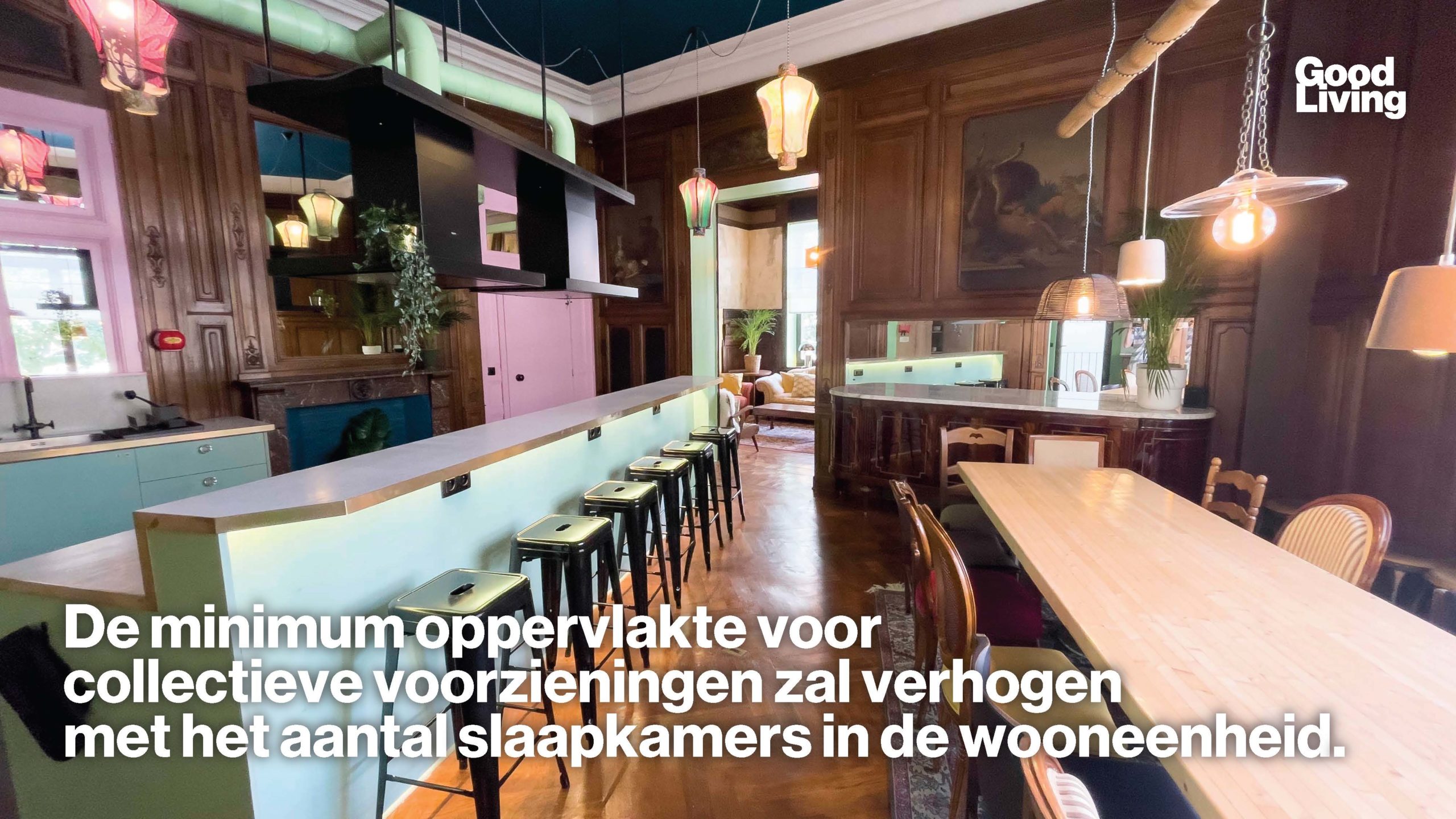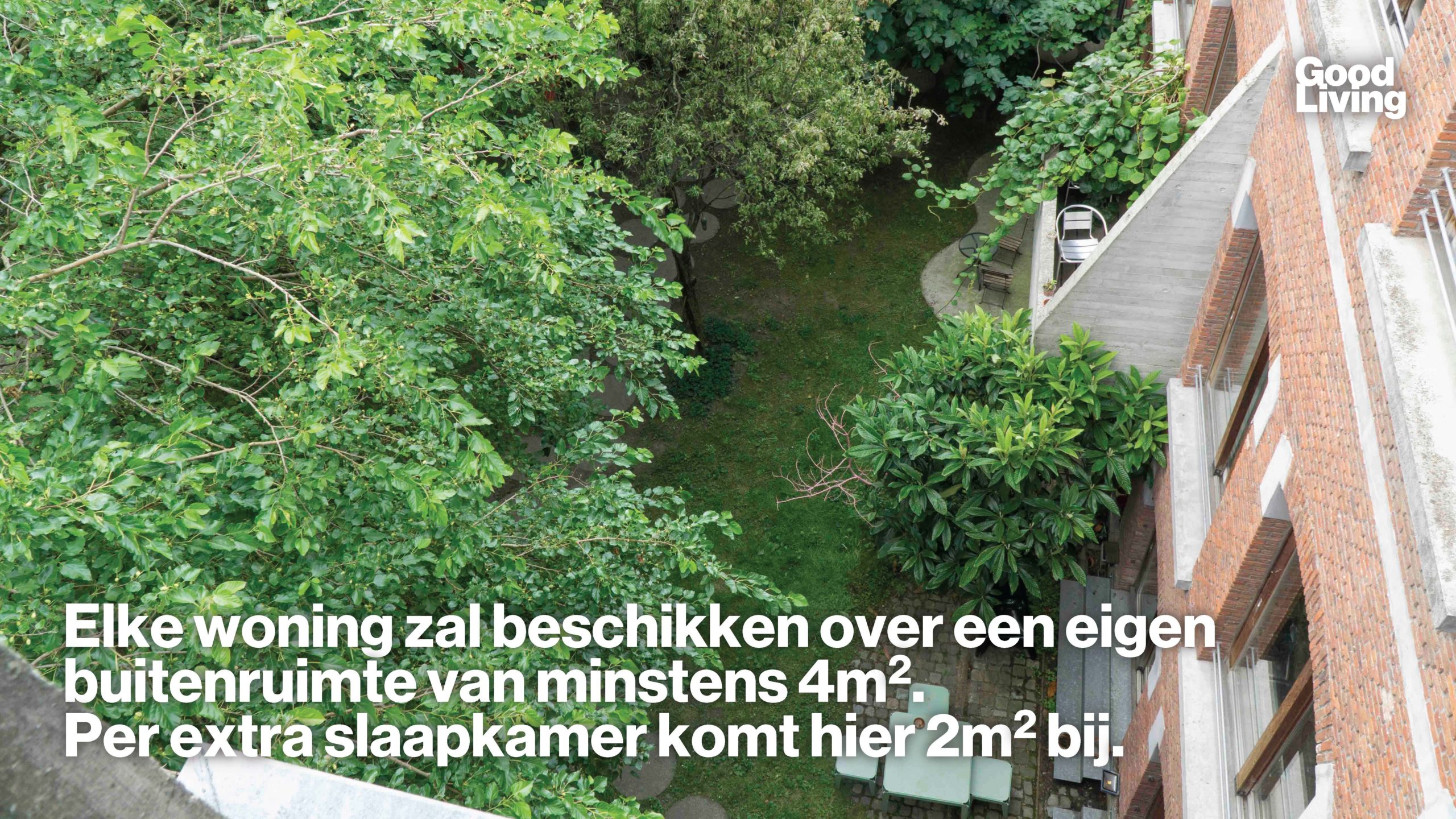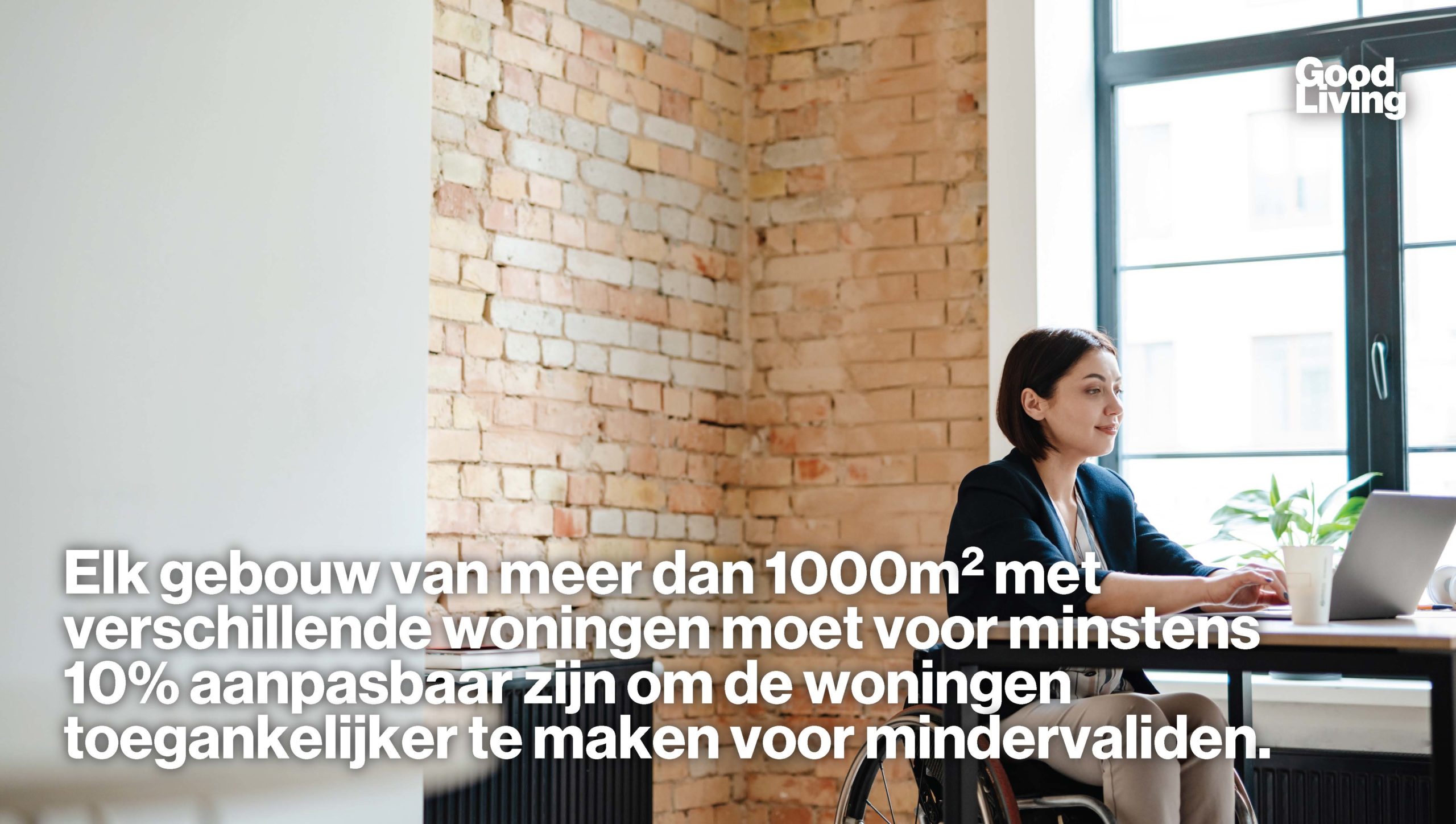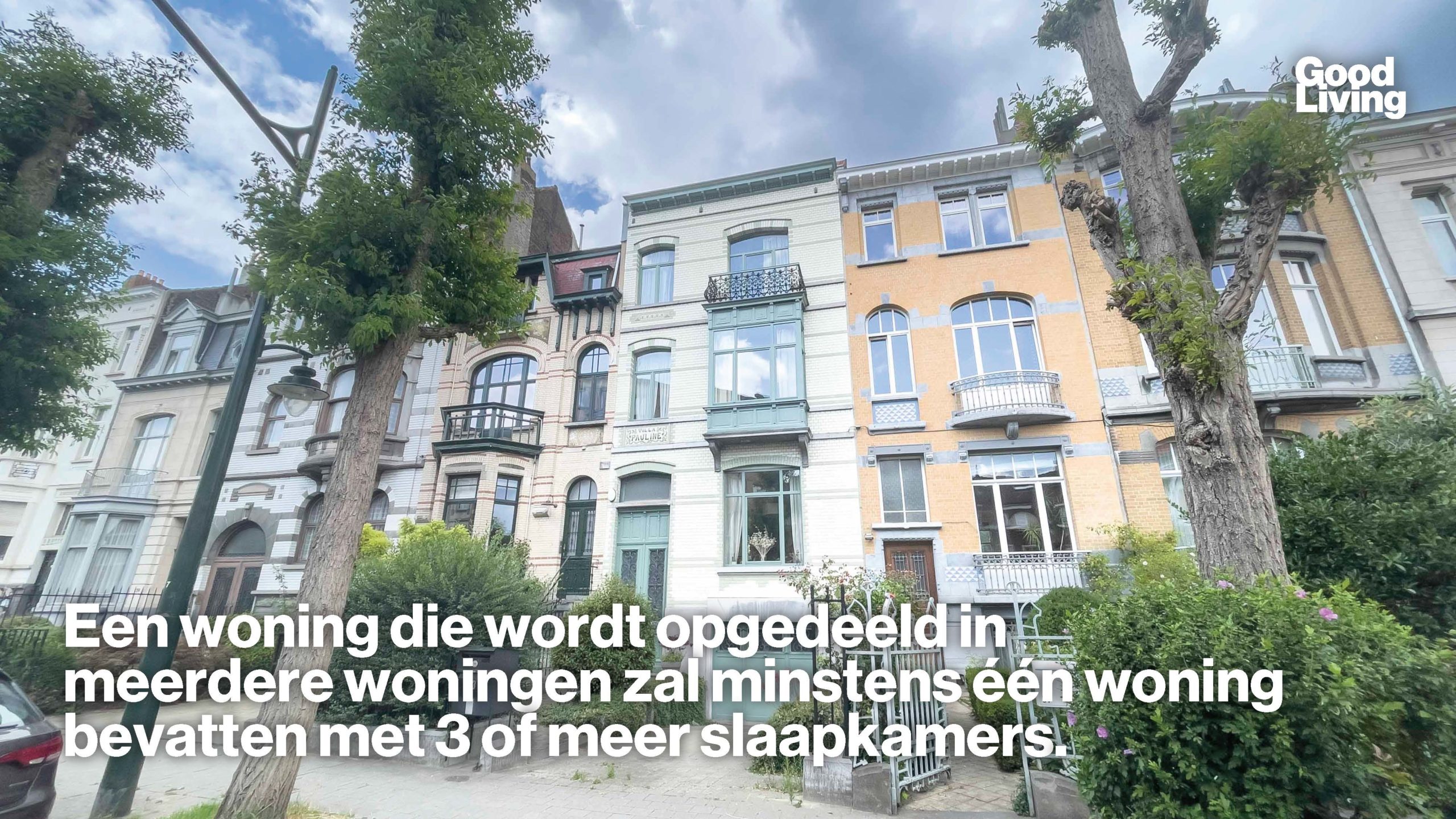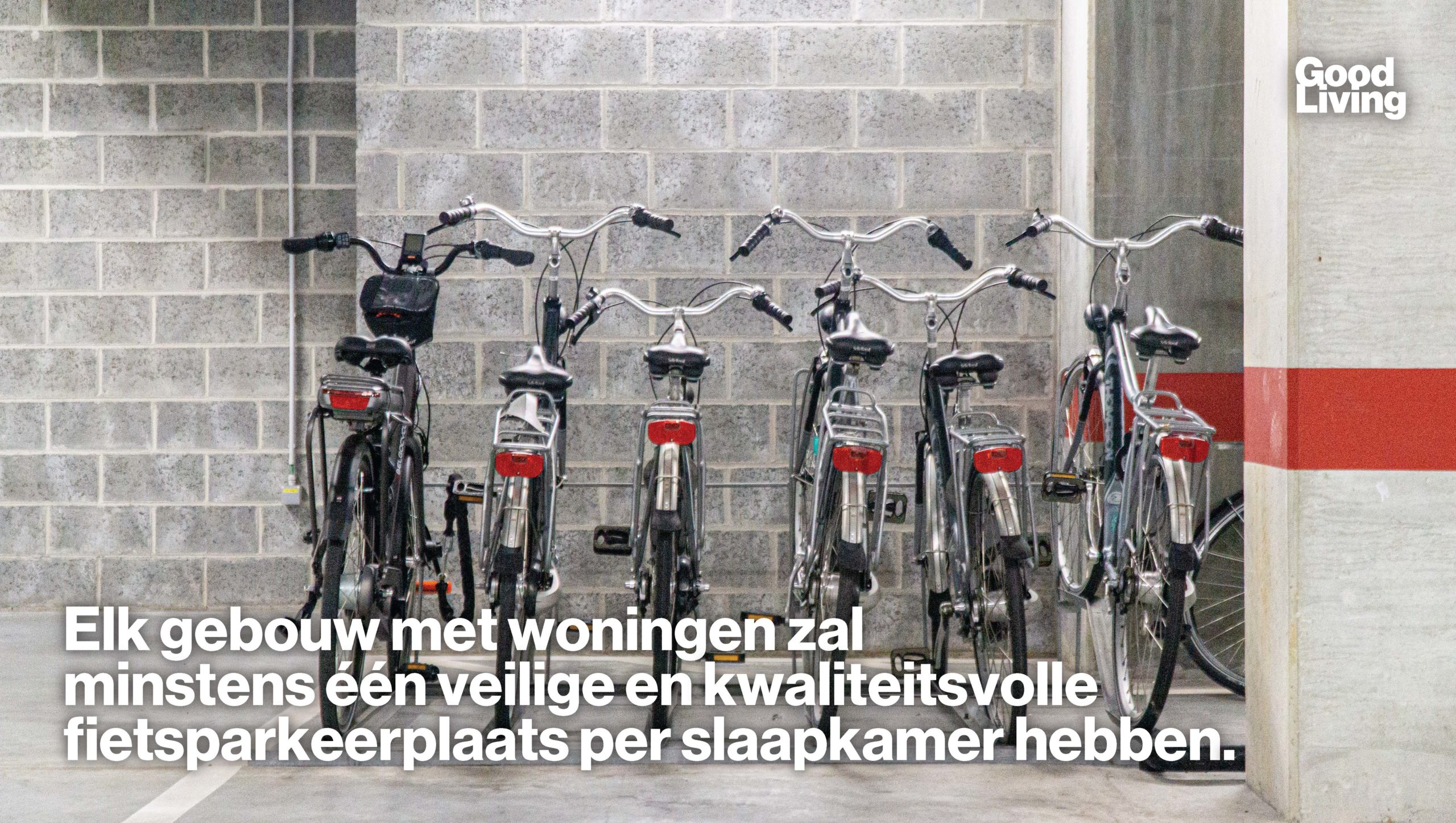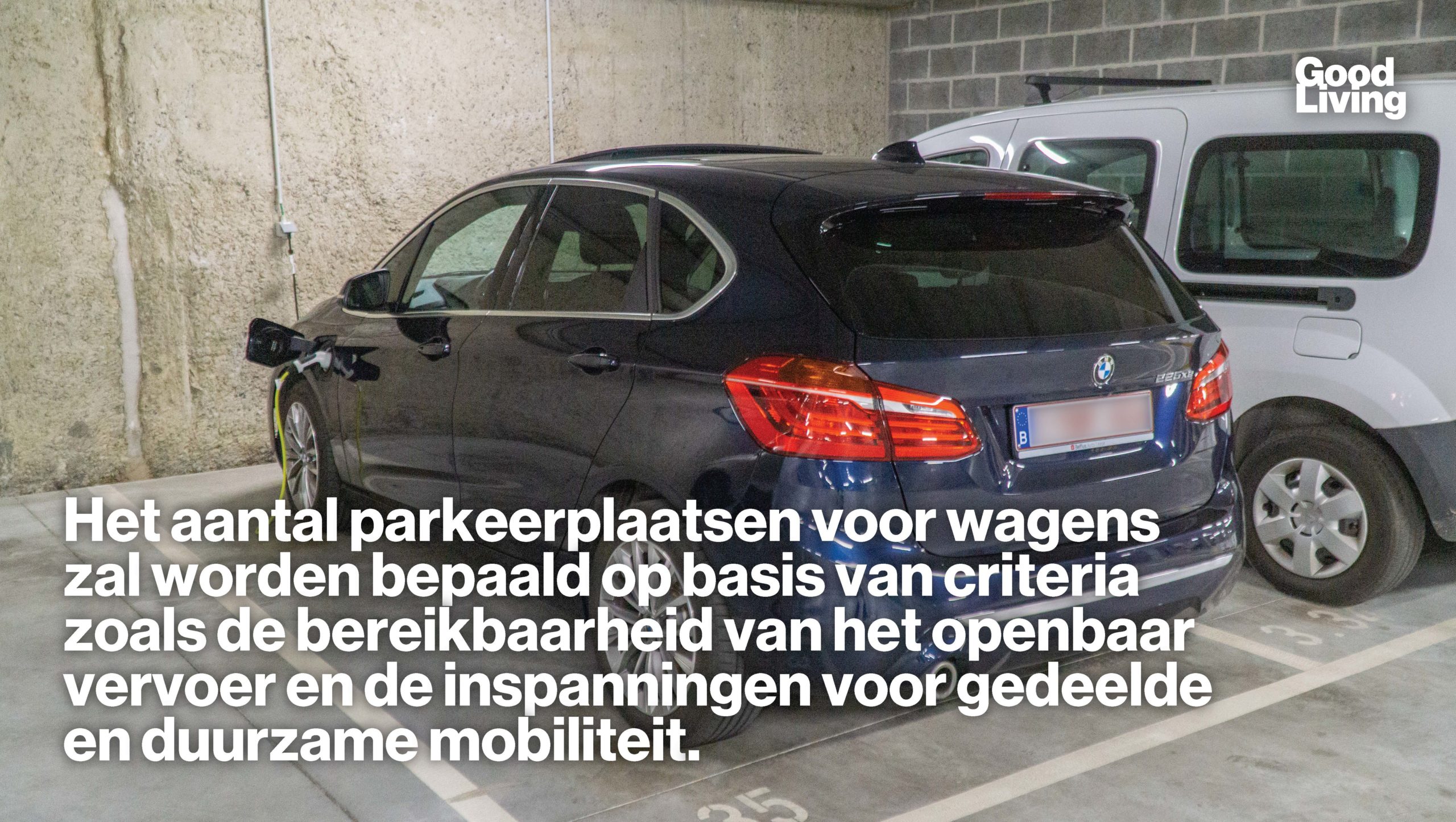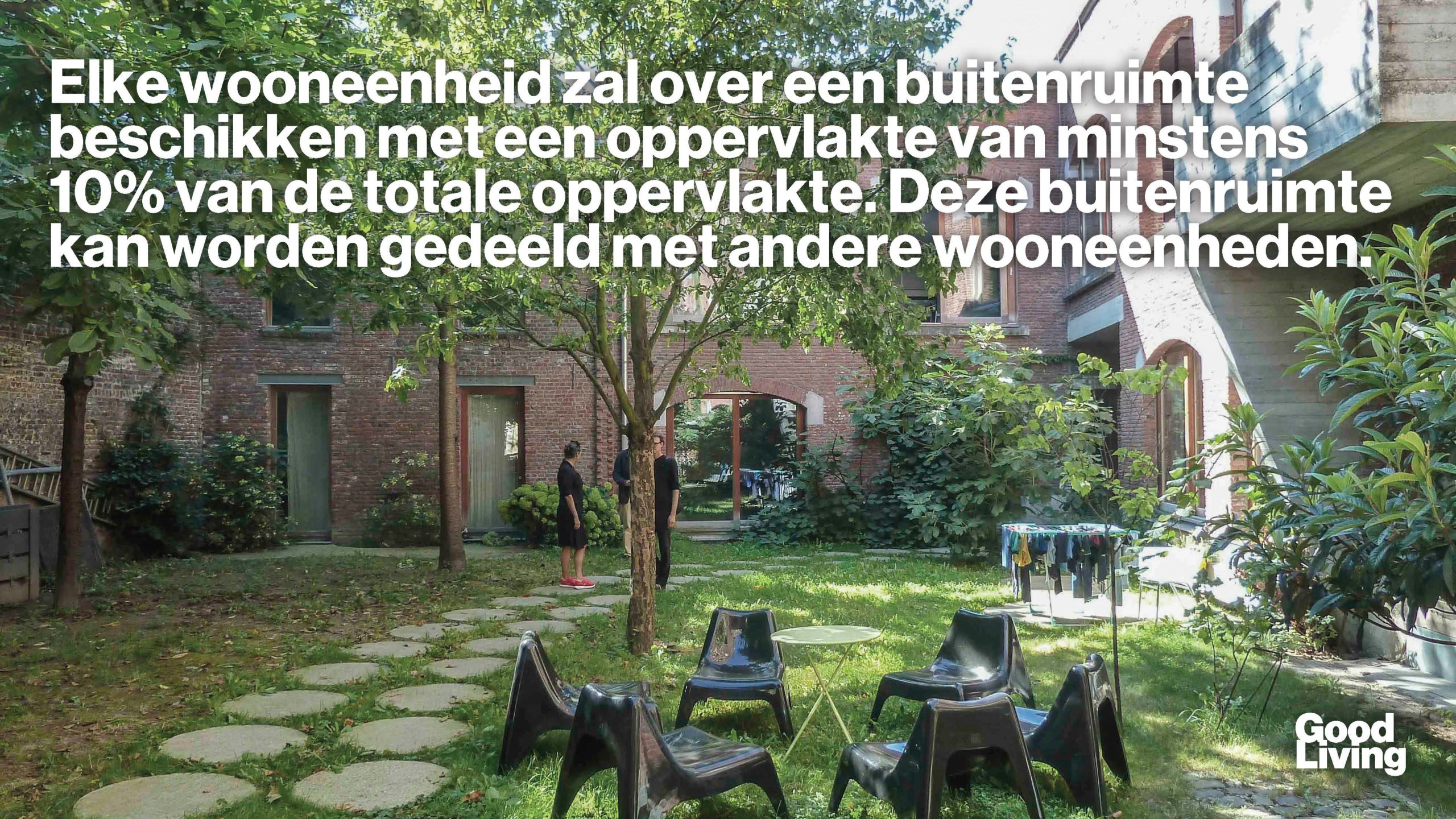Brussels Government approves first version of Good Living
Pascal Smet gets the go from the Brussels Government on his first proposal for the new ambitious urban planning regulations for all Brussels squares, streets and buildings.
Pascal Smet gets the go from the Brussels Government on his first proposal for the new ambitious urban planning regulations for all Brussels squares, streets and buildings.
Good Living, the name of the new Regional Urban Development Regulations, contains the rules that every street, square or building must comply with in order to obtain a planning permit in the future. According to Minister-President Rudi Vervoort and State Secretary Smet, these regulations will be the key guiding principle for definitively making the transition from Brussels to a future-oriented city for people. As a result of this approval, the corresponding impact study can be finalised this summer, after which the consultation can begin and the general public can provide feedback during the public consultation. Good Living is organised in three chapters: open space, urbanity and habitability.
"With Good Move, we have been able to perpetuate the mobility transition we have initiated in recent years, because this required one decisive plan for all of Brussels. A plan that is already paying off. Good Living introduces the next level, because all rules are incorporated into legislation. Good Living will determine Brussels’ urban fabric for the next 50 years and thereby improve the quality of living and spending time in the city, for everyone,” said Pascal Smet, Brussels State Secretary for Urbanism.
In 2016, Pascal Smet, then Minister of Mobility, took the initiative of developing a holistic mobility plan for the entire Brussels Region. This plan was given the name Good Move. It was first approved by the (former) Brussels Government in April 2019 and has been in force since 2020. It includes a clear hierarchical road network for pedestrians, cyclists, public transport, cars and freight transport. Based on this, the infrastructure and speed limit requirements are determined. In this way, Good Move provides the basis, for example, for the (future) cycle network, the 30 km/h speed limit that currently applies to a large part of Brussels’ roads, and the 50 low car traffic neighbourhoods, the first of which are currently being developed.
Good Living is the result of a co-construction process with urban planning experts from various fields and with all Brussels public actors involved in urbanism. These experts formulated objectives and recommendations in three categories, which will also be retained in the future regulations: open space, urbanity and habitability.
Open space
Good Living aims to create open space:
- Where people have space to play, relax and socialise.
- Where everyone can move around safely and comfortably.
- With a positive impact on the environment and the climate.
Some examples of the Good Living rules of law aimed to achieve these objectives:
- Maximum 50% of each street will be reserved for individual motorised transport. This means that at least 50% of each street will be reserved for pedestrians, cyclists, public transport, trees and bushes, benches, playground equipment, etc.
- Highly frequented areas will contain benches, toilets, drinking fountains, playground equipment and other street furniture.
- Each Brussels road will have suitable cycling infrastructure, in line with the Good Move road hierarchy. If there is transit traffic on the axis, there will be a separate cycle lane.
- Each separate cycle lane will be ochre in colour.
Each separate one-way cycle lane will be at least 1.8 m wide.
Each separate two-way cycle lane will be at least 3 m wide. - Each pavement will be at least 2 metres wide.
- Schuin (visgraat) en loodrecht parkeren wordt verboden. Enkel parallel parkeren met de rijweg zal nog mogelijk zijn.
- Parking in front of the entrance of protected monuments, schools, parks, places of worship and cultural institutions will be prohibited.
- In each street, at least 10% to 15% (depending on the results of the impact study) of the total surface area will be reserved for trees and plants in the open ground.
- Rainwater management will be integrated into each public space redevelopment.
- Buildings with a floor area exceeding 1,000 m² will have open space with facilities accessible to all users of the building.
- 75 % of the surface area not built on of a land will be open ground.
- Advertising in private open space will be prohibited.
- Advertising in public space will be rationalised and limited.
- Illuminated advertising will be switched off between 10 p.m. and 7 a.m.
Urbanity
Good Living aims to create an urban environment:
- With quality architecture and respect for our heritage
- With more quality housing and the preservation of open space
- With sustainable and multifunctional buildings
Some examples of the Good Living rules of law aimed to achieve these objectives:
- Renovation will be the starting point for each existing building. Demolition of a building will only be allowed in very exceptional circumstances.
- It will be possible for each new or renovated building to evolve to other functions in the future.
- Each new or renovated building will have a positive impact on climate and biodiversity.
- Each new or renovated building will integrate rainwater management.
- The project density will be determined on the basis of the available green and open space, accessibility to mobility options, the mix of functions within the project...
- At least 30% of each site will remain undeveloped.
- Any flat roof larger than 20 m² will be used as a green roof, as a terrace, for urban agriculture or for solar panels.
- Advertisements on facades and signs will become more subtle and aesthetic. For example, each sign will have a maximum surface area of 0.75 m² and only cut out characters or logos will be placed on shop windows.
Habitability
The aim of Good Living is that Brussels buildings
- Can adapt to the different ways of living of today and tomorrow.
- Guarantee safety, comfort and accessibility.
- Combine different urban functions.
- Encourage active and sustainable mobility.
Some examples of the Good Living rules of law aimed to achieve these objectives:
- The minimum surface area of a housing unit will be determined on the basis of the number of bedrooms.
- The minimum surface area for collective facilities will increase with the number of bedrooms in the housing unit.
- There will be clear coliving regulations. For example, a coliving will have no more than 15 rooms, with at least one bathroom and toilet per three bedrooms, and special attention to sound insulation.
- Each dwelling will have its own outdoor space of at least 4 m².
An additional 2 m² will be added for each extra bedroom. - Each dwelling with more than 1 bedroom will have windows in at least 2 directions.
- Each building of more than 1000 m² with several dwellings must be at least 10 % adaptable to make the dwellings more accessible to disabled persons.
- A dwelling divided into several dwellings will contain at least one dwelling with 3 or more bedrooms.
- Each building with dwellings will have at least one safe and quality bike parking space per housing unit and at least one additional bike parking space per bedroom.
- The number of parking spaces for cars will be determined on the basis of criteria such as public transport accessibility and efforts towards shared sustainable mobility.
- Each individual student residence will have a minimum surface area of 24 m².
Each collective student room will have a minimum surface area of 12 m². - Each housing unit will have an outdoor space with a surface area of at least 10 % of the total surface area. This outdoor space can be shared with other housing units.
For Alain Maron, Brussels Minister of Environment and Climate Change: “This revision of our urban planning regulations is an important step towards a greener city where it is more pleasant to live. With Good Living, we are moving towards project-based urbanism that takes care of the Brusselers and the climate by tightening the quality rules for housing. This is particularly the case for energy performance, which entails lower energy bills for the residents. But in order to fight climate change, nature and biodiversity will also be taken into account in all projects. Thanks to Good Living, everyone will be able to carry out more sustainable projects for better life quality in Brussels.”
“Good Living will provide a major quality boost to our public spaces and buildings. The solid foundation has been laid today. This autumn, everyone can give their opinion on our proposal. All feedback will be analysed and this proposal can still be adjusted,” said Pascal Smet, Brussels State Secretary for Urbanism.
Our daily lives, movements, way of living and habits have evolved in recent years. We now have to integrate this evolution in our urban planning instruments. By proposing more flexible Regional Urban Development Regulations, we will be able to take into account the local characteristics of each street and each neighbourhood, while introducing some new clear principles: a terrace for everyone, more public space, and renovation rather than demolition. The municipalities are our main partners in implementing this text. We will therefore be working closely with them in the coming months,” said Brussels Minister-President Rudi Vervoort.
Now that the first version of the new Regional Urban Development Regulations has been approved, the environmental impact report, already counting more than 400 pages, can be completed this summer.
In autumn, the consultation with all municipalities and regional bodies will begin and the public consultation, during which everyone can share his or her opinion, will take place. Urban.brussels will analyse all feedback together with the advice of the Regional Development Commission in order to make any adjustments to the draft of the new Regional Urban Development Regulations. This draft will then be submitted to the Brussels Government for approval at second reading and for advice to the Council of State.
The objective is the definitive approval of Good Living by the Brussels Government by the summer of 2023, to be submitted to the Brussels Parliament, which will have to adopt the new legislation.
The entry into force of Good Living is planned for 1 January or 1 July 2024, after proper training of the different administrations.



